Postcard from Lazio: Viterbo
Postcard from Lazio: Viterbo
A Brief History of Viterbo
Viterbo’s ancient roots span back to the age of the Etruscans, where the first vestiges of what would eventually become Viterbo were established upon the hill of San Lorenzo, the site where the Papal Palace and the Cathedral of San Lorenzo would eventually be built. In the early 300’s the Romans conquered Sorrina Veteres and proceeded to grant citizenship to the Etruscans that inhabited the village and surrounding areas. What we know today as modern Viterbo actually began to take shape when the Lombards, under their last monarch King Desiderio, conquered and fortified the ancient village of Castrum Viterbii. The city would then become the center of a power struggle between the Lombards, Byzantines and the Papal State. In 755 the Lombards were dethroned and expelled as Viterbo was conquered by the Papacy. When the Papal State in Rome came under attack in the second half of the 1200’s, the Pope decided to move the Papal seat to Viterbo where it remained until 1309, when it was moved to Avignon.
Sights, Sounds and Other Curiosities: THE ROCCA ALBORNOZ
The Rocca Albornoz, also refereed to as the Rocca del Papa, first underwent construction in 1354 by the order of Cardinal Gil Alvarez Carillo de Albornoz who subsequently died in 1367. Only partially finished, the site was susceptible to the erosion of time and the mischief of local villagers until 1457, when construction resumed under the direction of Pius II and was completed in 1462. The Rocca Albornoz has seen many phases of renovation and reconstruction throughout its storied history, including improvements made by Alexander VI, Julius II and Paul III of the noble Farnese family. The Rocca Albornoz features a famous Throne Hall where on May 18th, 1527 the General Chapter of the Knights of St. John of Jerusalem was held. The palace also features a Papal apartment used by pontiffs for centuries as their private quarters, and includes a magnificent loggia that leads out to the town square. Today, the Rocca Albornoz houses the Museo Nazionale Etrusco, an archaeological museum dedicated to ancient Etruscan history and culture. The museum showcases artifacts found at important Etruscan archaeological sites, including Acqua Rossa and San Giovenale.
THE THERMAL SPRINGS OF VITERBO
For thousands of years, Viterbo has been renowned for its magnificent thermal springs. The Etruscans first began using the springs for wellness, after which, the Romans developed the springs to include lavish baths houses and spas. Even today, remnants of Roman fascination with the springs can be observed at a site spanning a total of 10 kilometers, which contains the ruins of former Roman spa houses found in the area. The ancient springs have even served as muse for a number of acclaimed works of literature and poetry. The mysterious nature of the Bulicame springs inspired a mention in Dante Alighieri’s seminal masterpiece, The Divine Comedy. The perceived health benefits of the springs have long been prized as part of a holistic approach to wellness by local inhabitants. Just outside of Bulicame in 1454, Pope Niccolo V renovated the already existing Bagno della Crociata into the luxurious Bagno del Papa, a bath palace where popes could enjoy the benefit of thermal treatments in private. Today a number of modern beauty farms and spas have developed in and around the area, where Italians from all parts of the country come to enjoy the curative and relaxing powers of the natural springs.
ANTIQUITY AT HOME
Viterbo is not only one of Lazio’s greatest historical and cultural gems, but is also much revered for its love and celebration of antiques. Viterbo is home to a number of elegant and quirky antique shops, all located within the scenic maze of cobbled streets that make up the city’s medieval quarter. Paying homage to its reputation as a bastion for antique preservation, Viterbo also hosts one of Europe’s premier antique exhibitions, the Antiquaria, which is held annually in November. Antique aficionados, collectors and appraisers come from all across the globe to spy rare antiquities and uncover centuries old treasures. A unique spectacle praised the world over, the Antiquaria allows visitors to journey through history as they explore the chronology of time in its antique form.


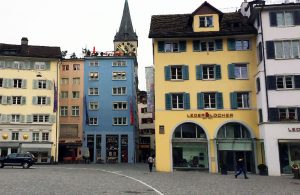
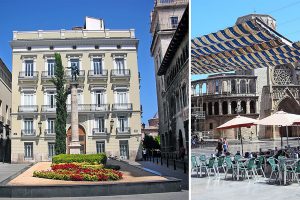
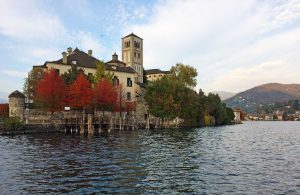
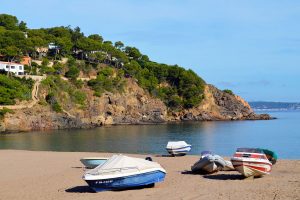
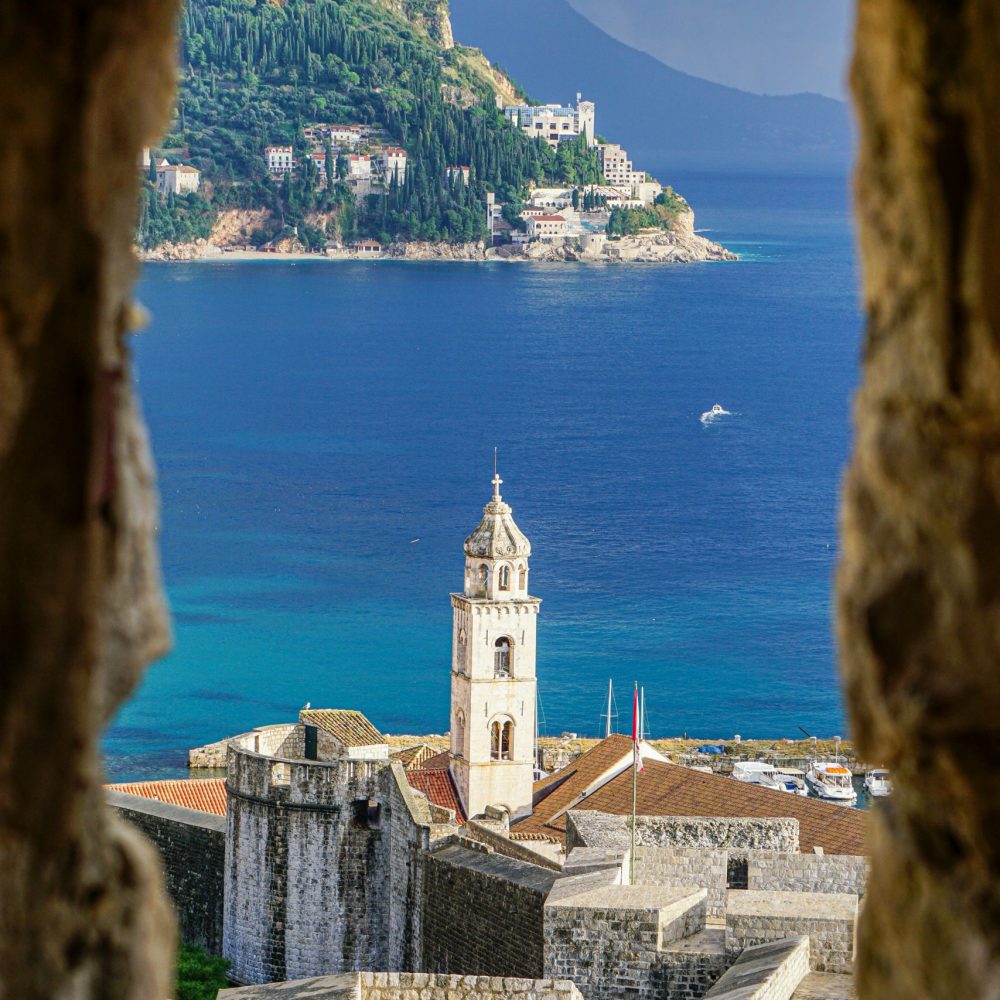
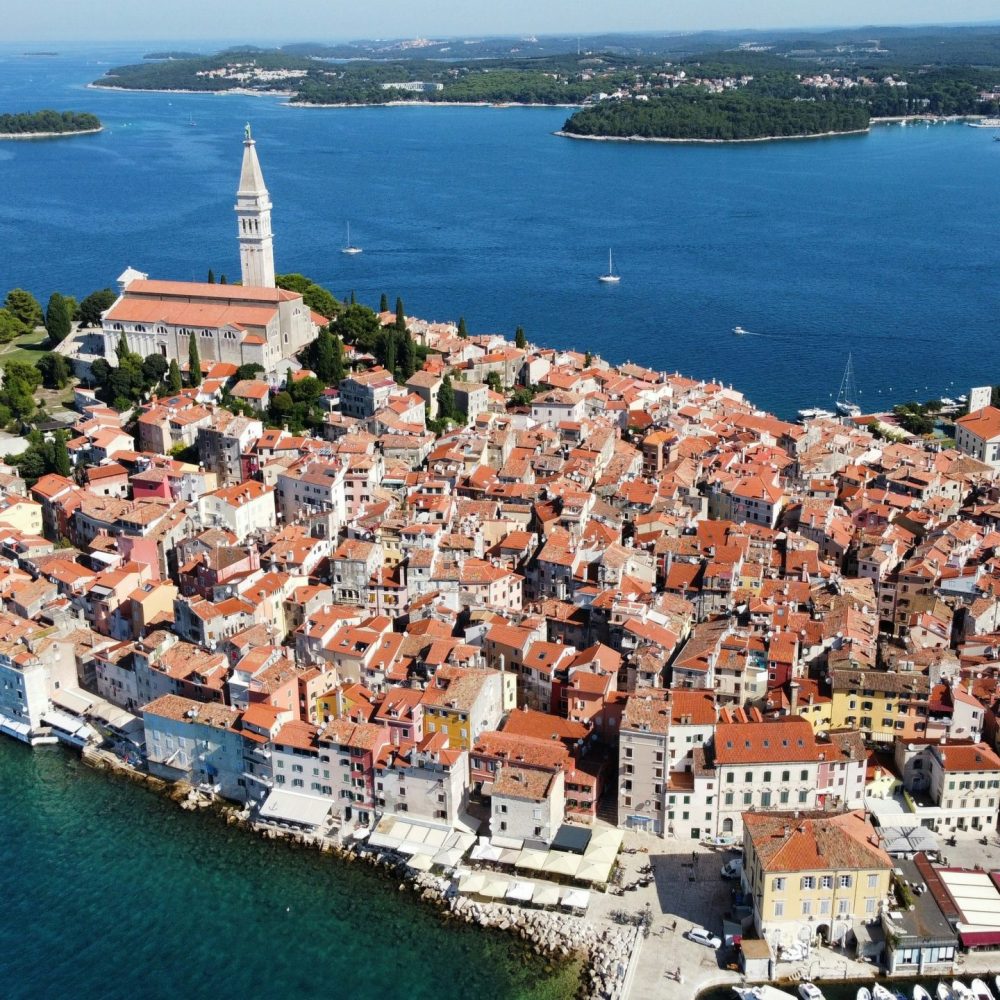

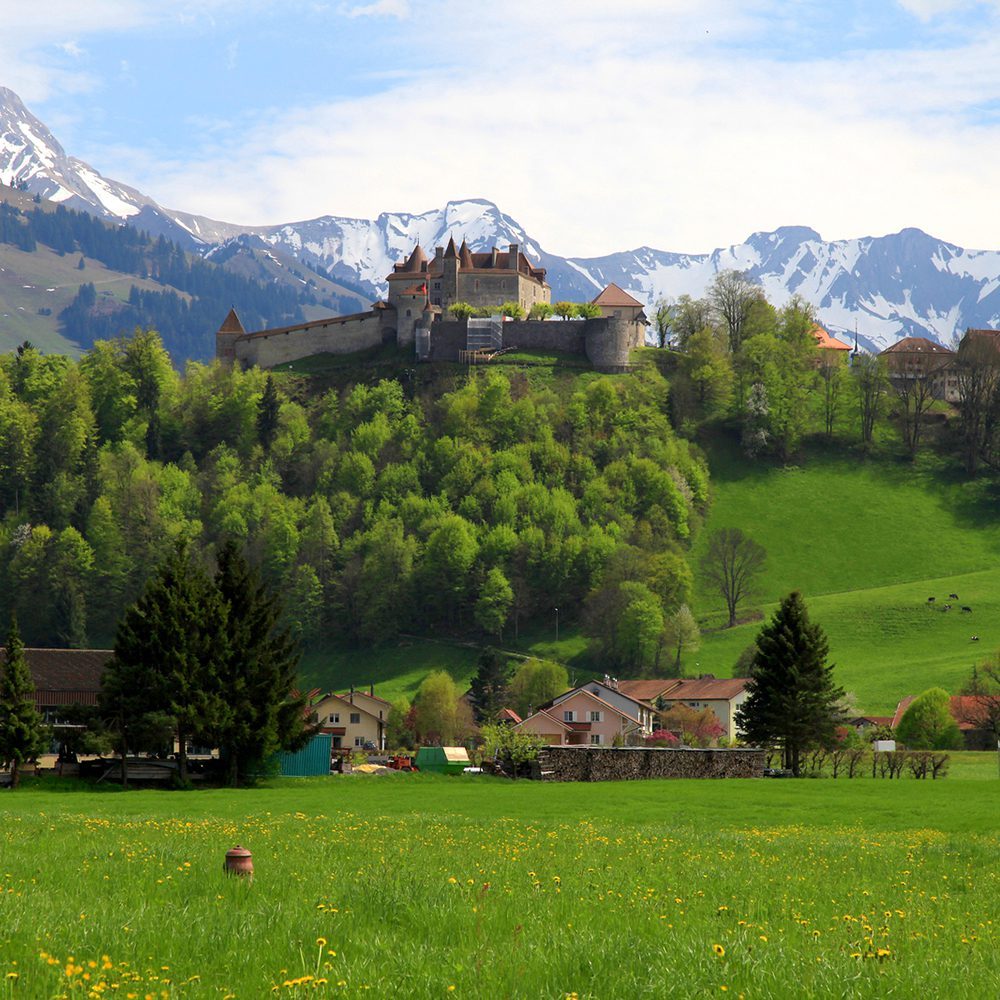
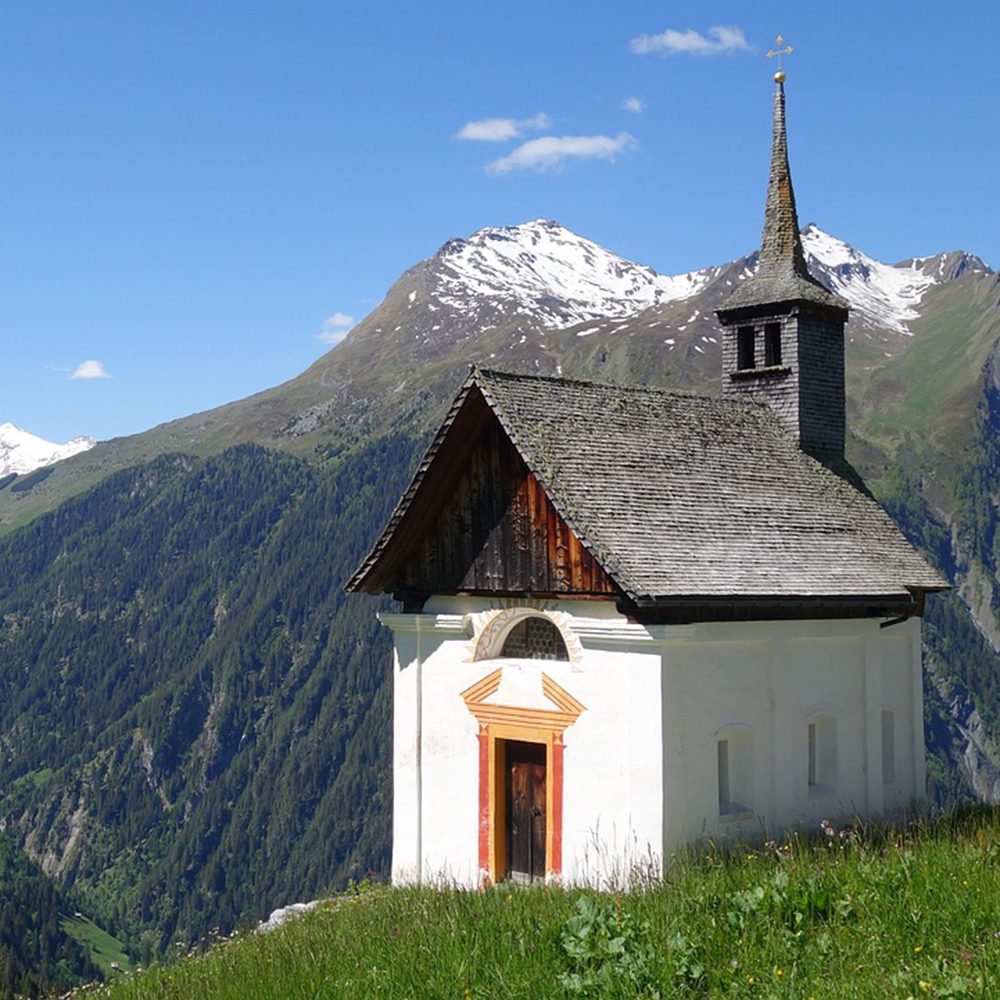
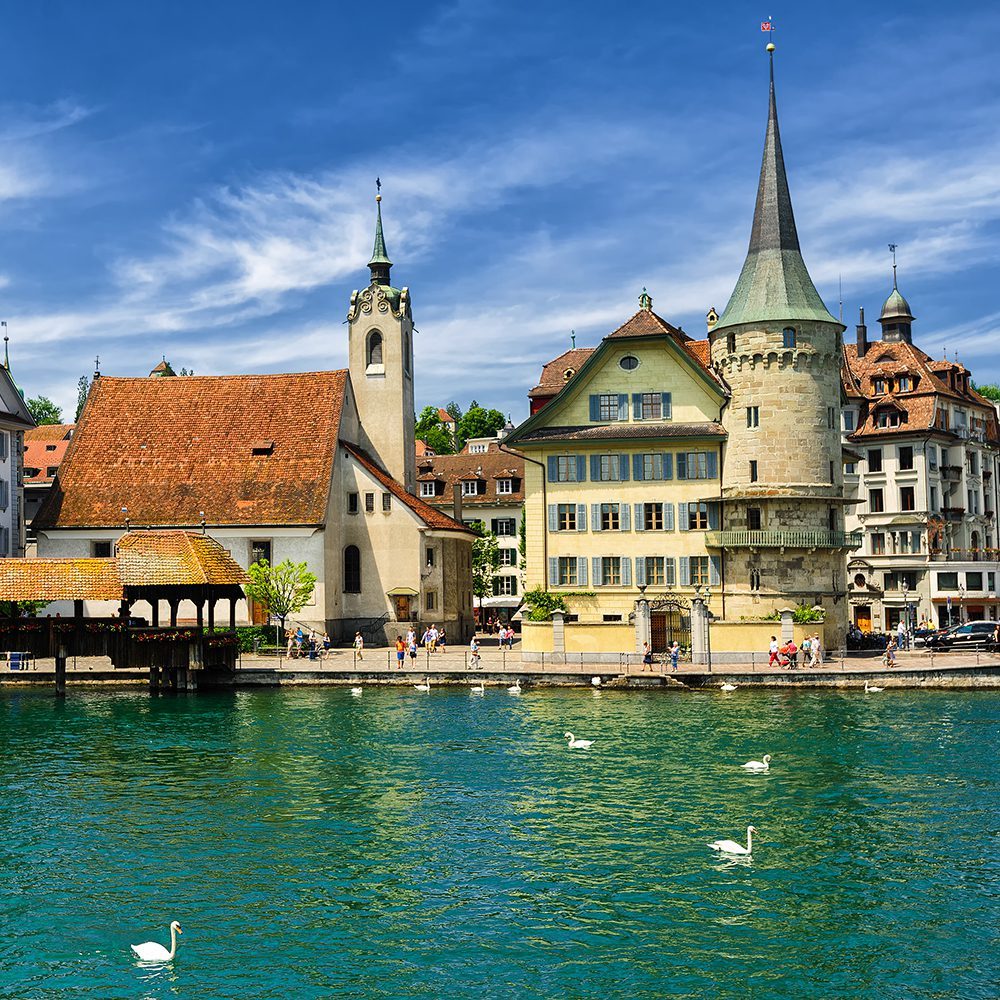
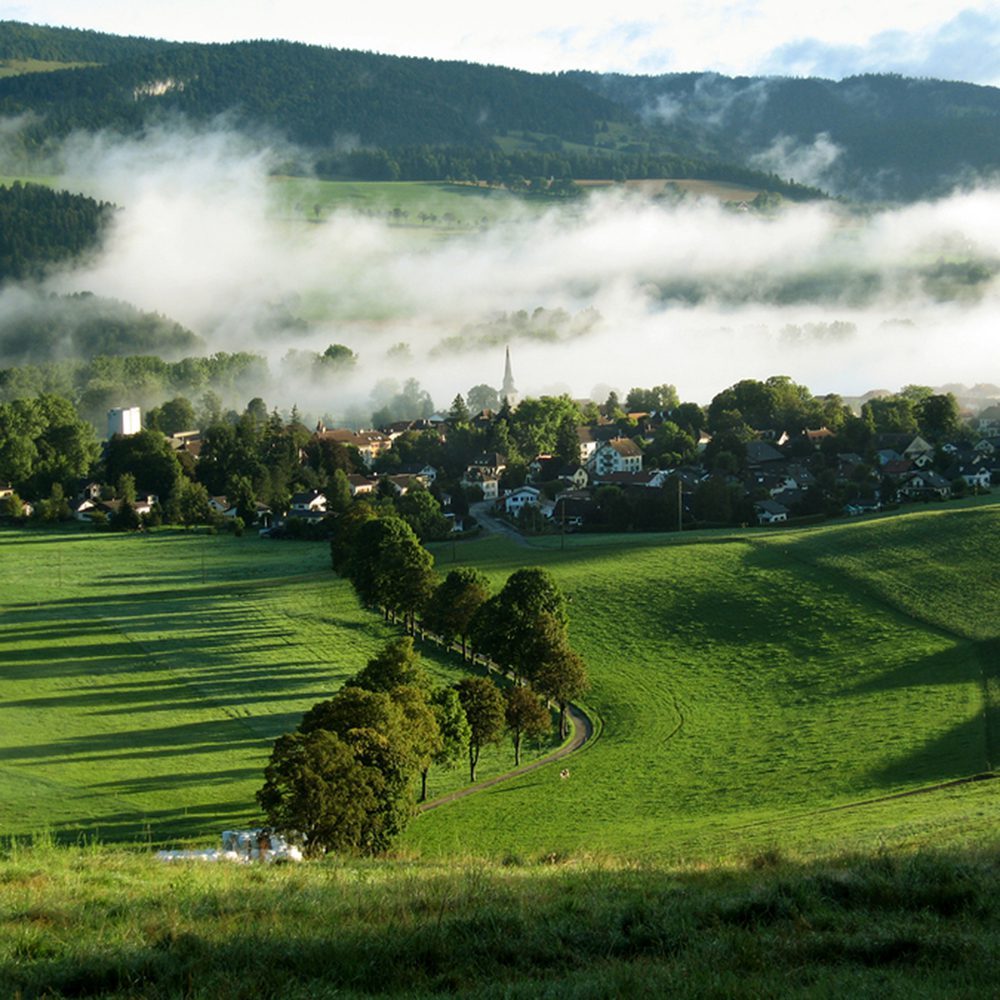
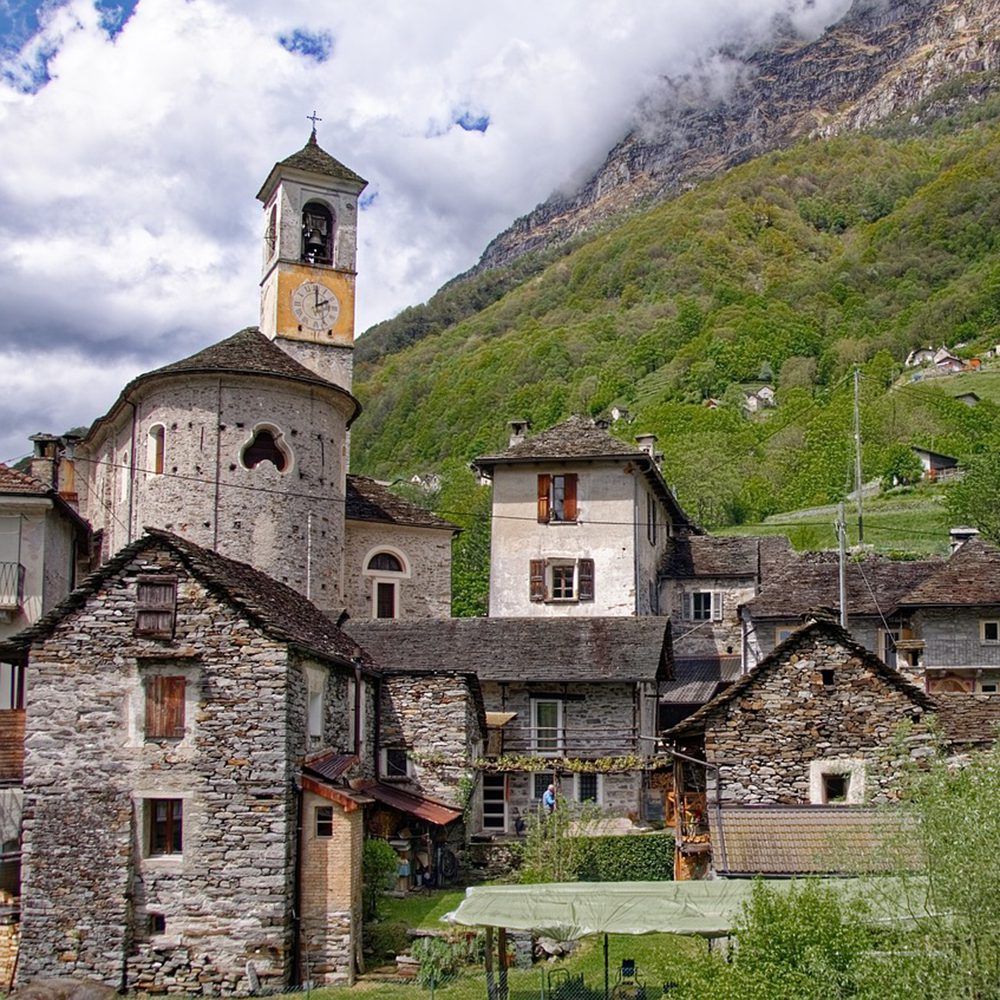
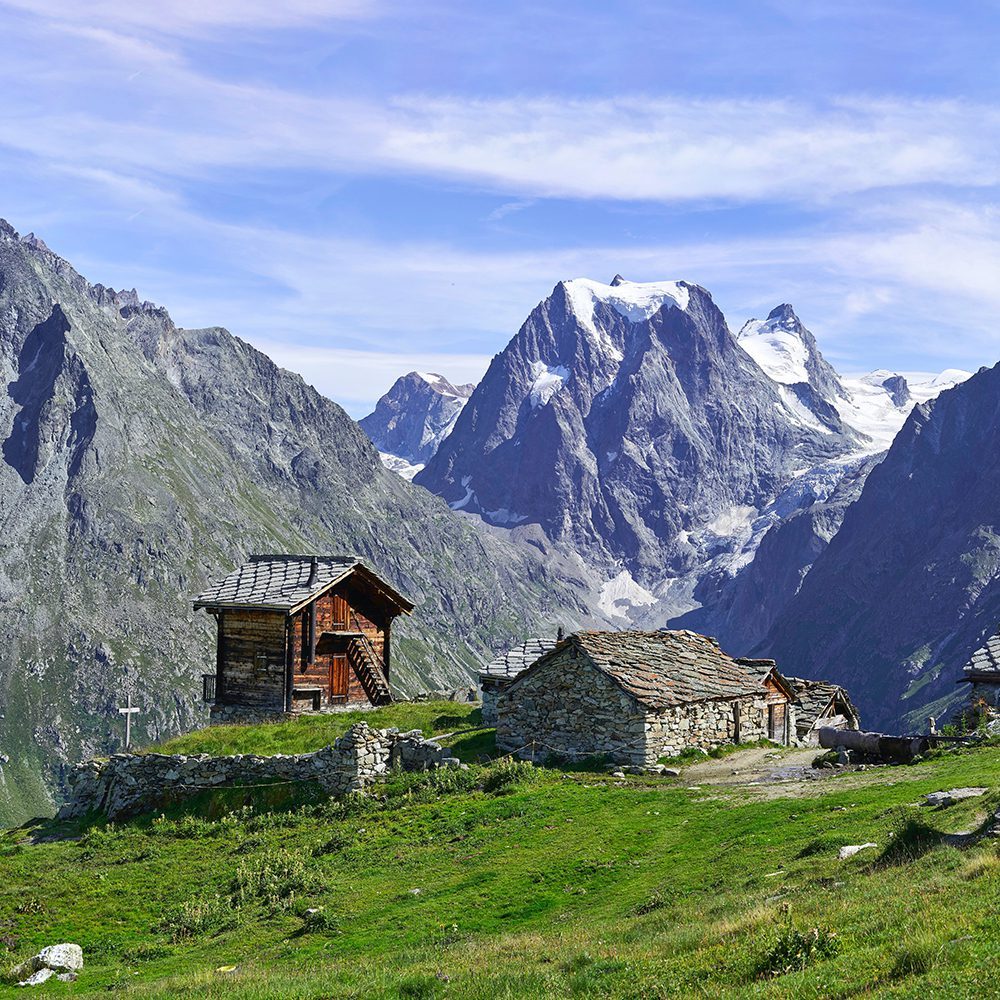
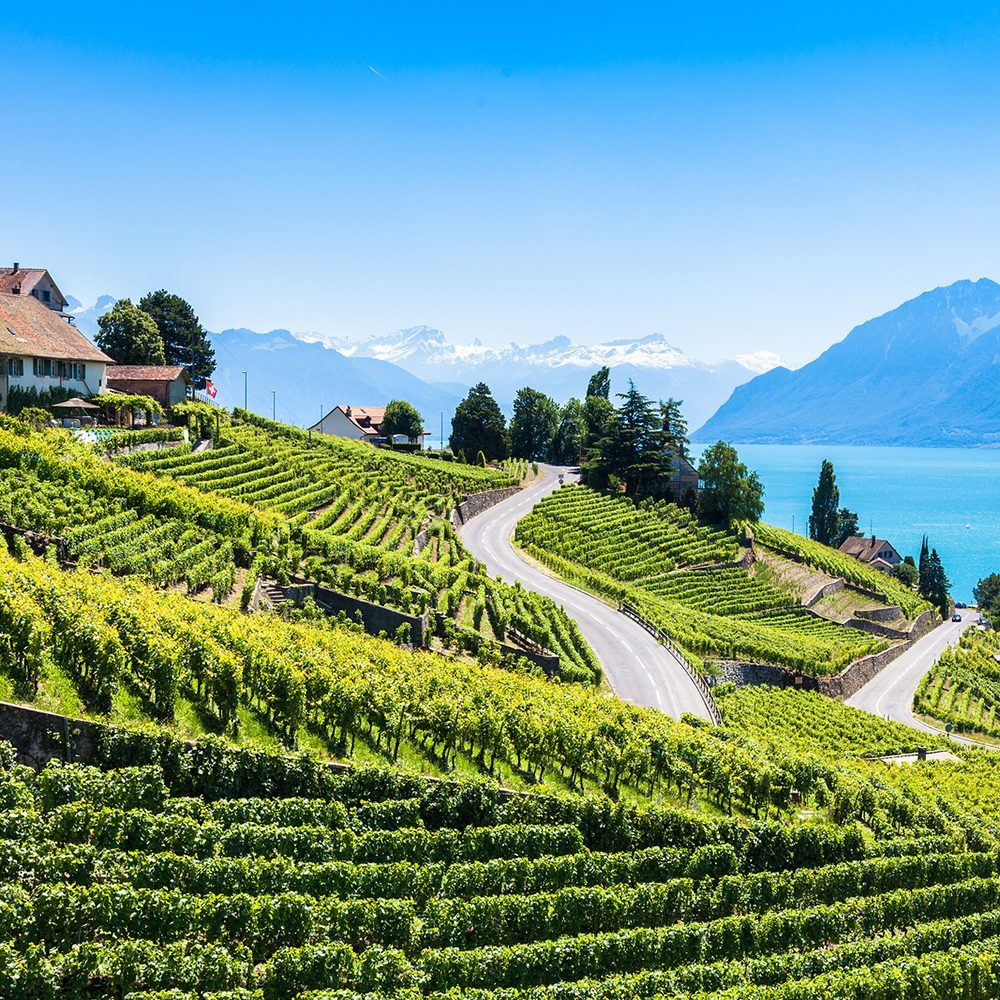
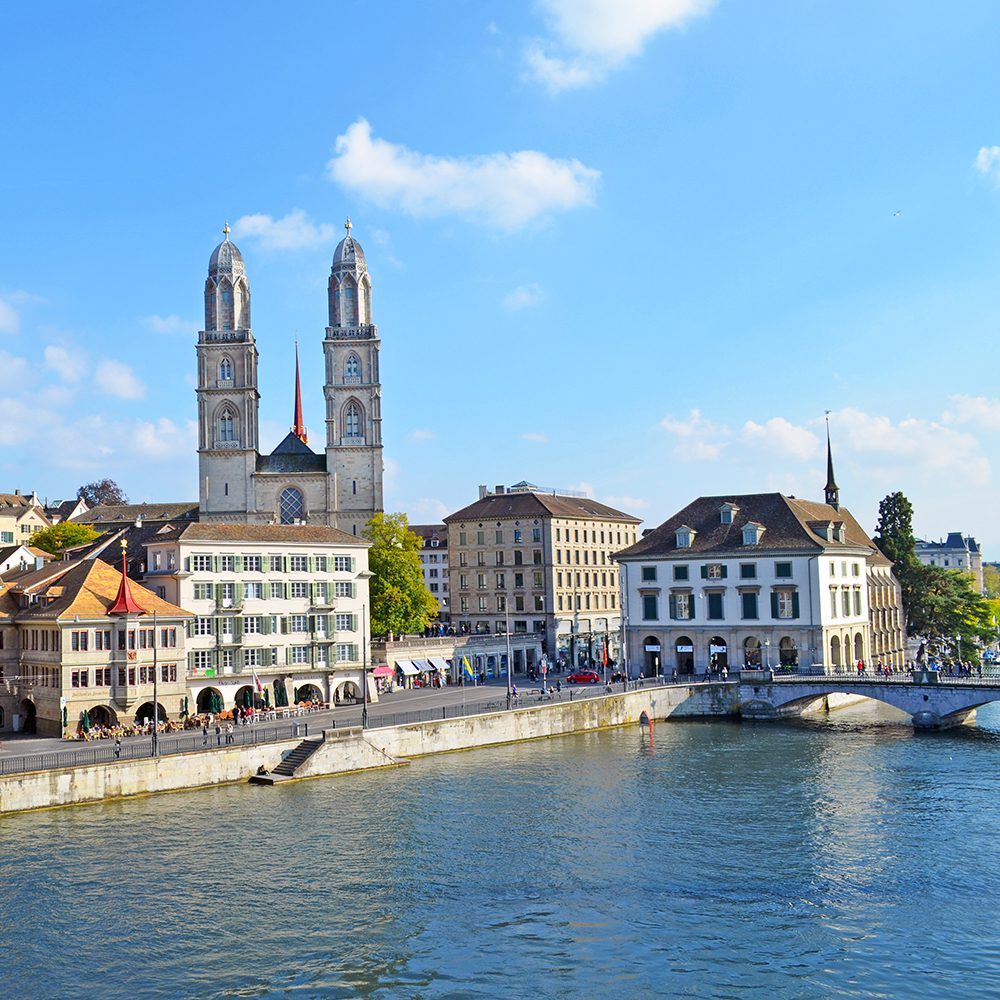
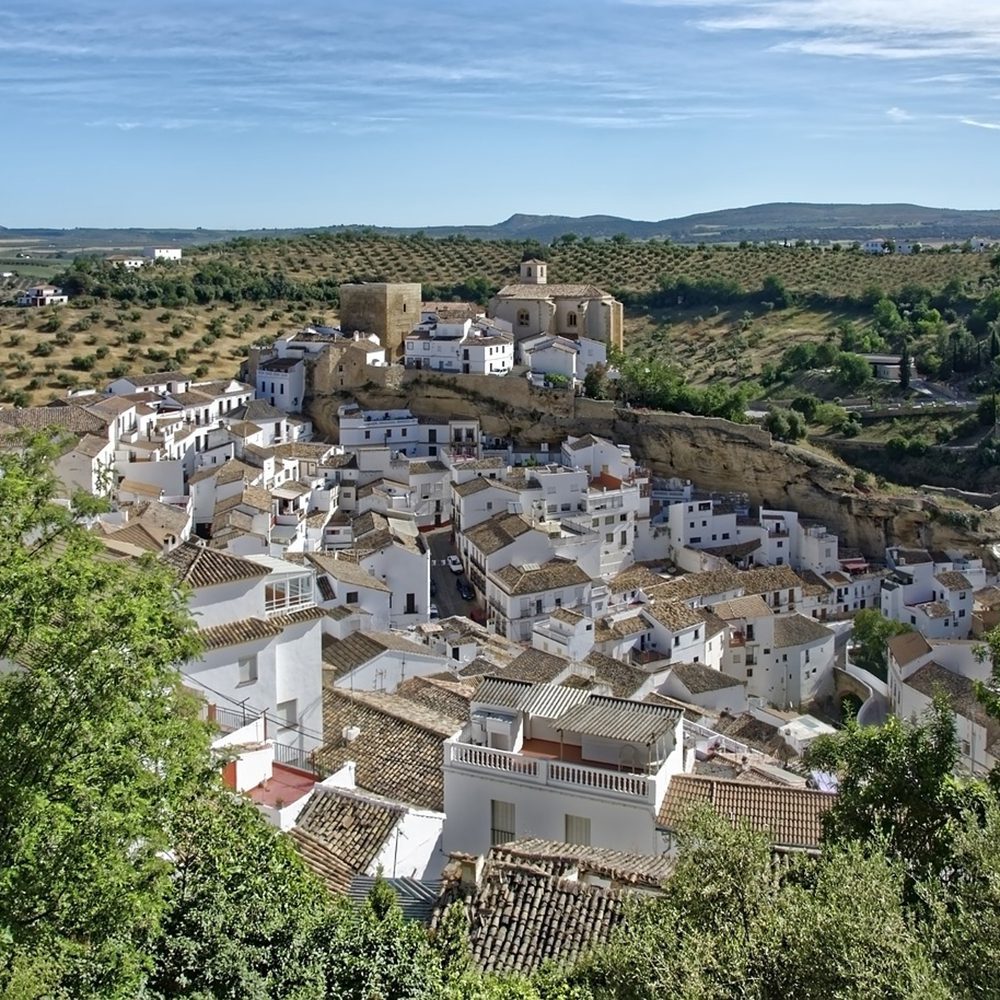
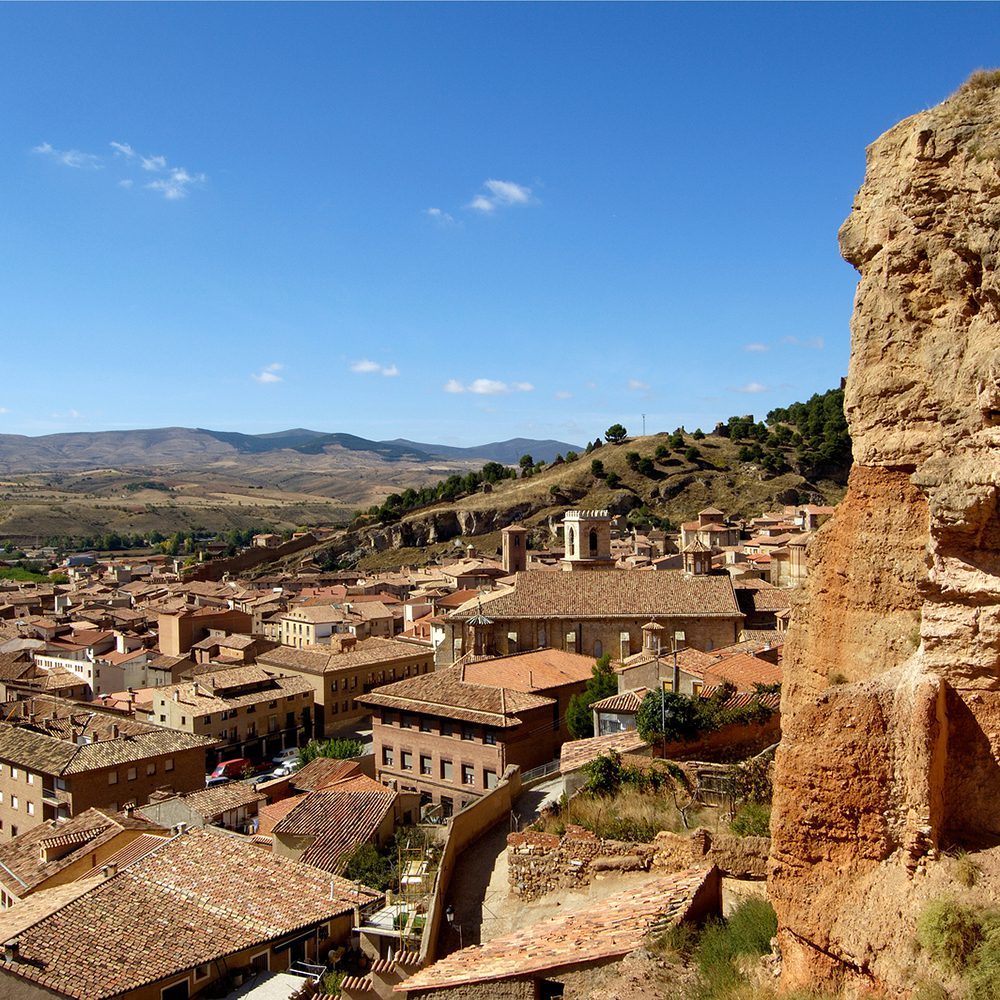

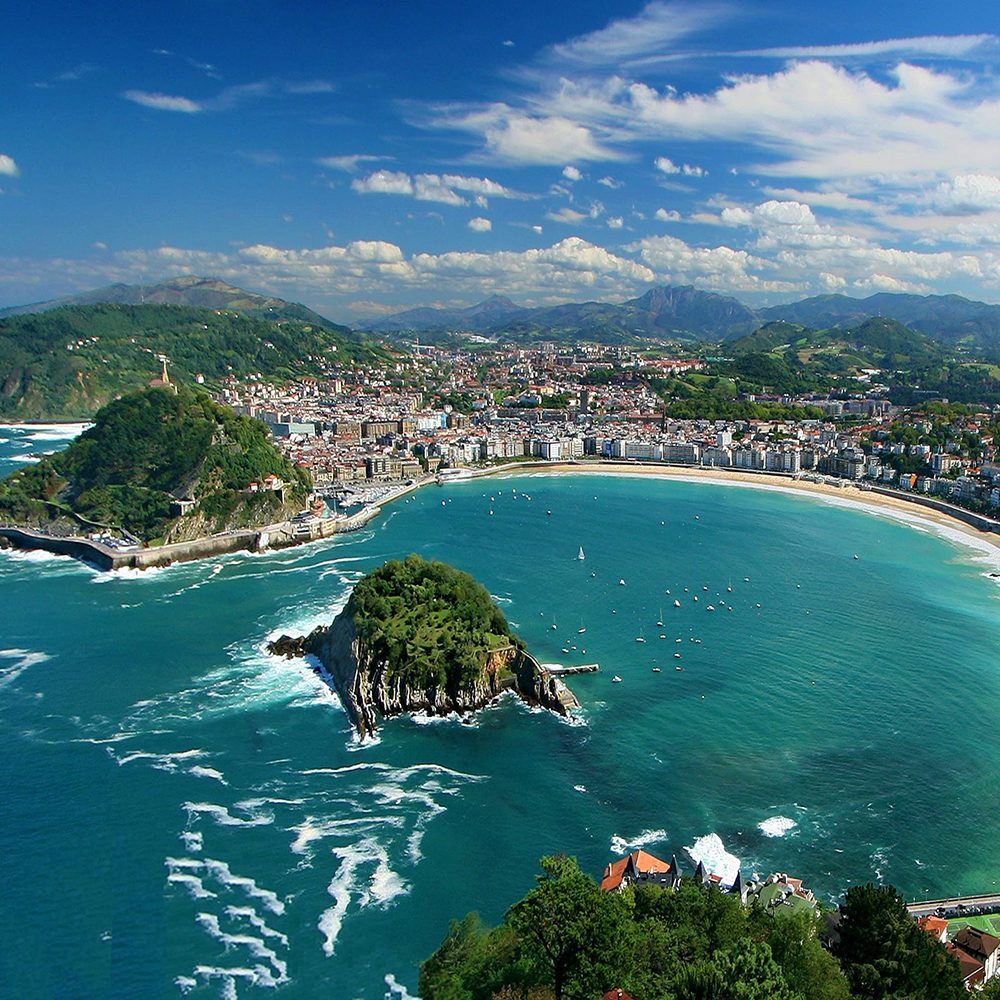
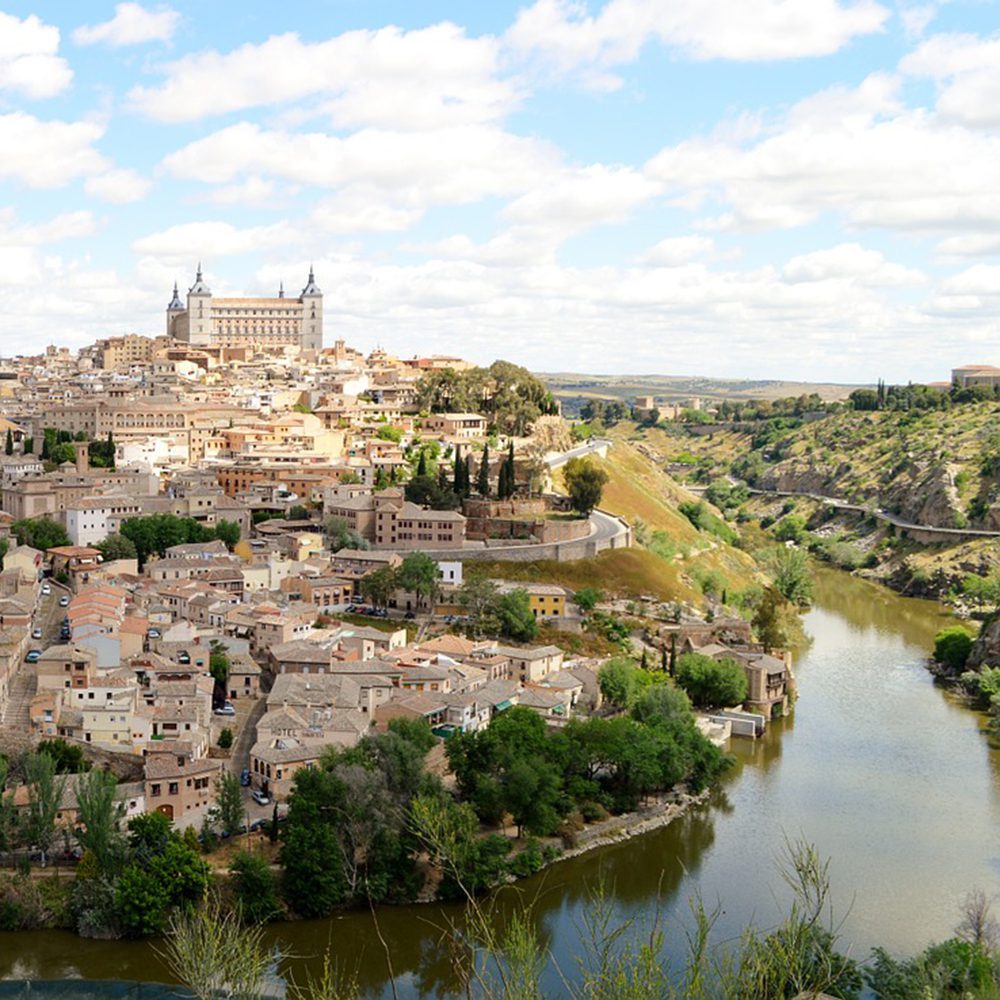


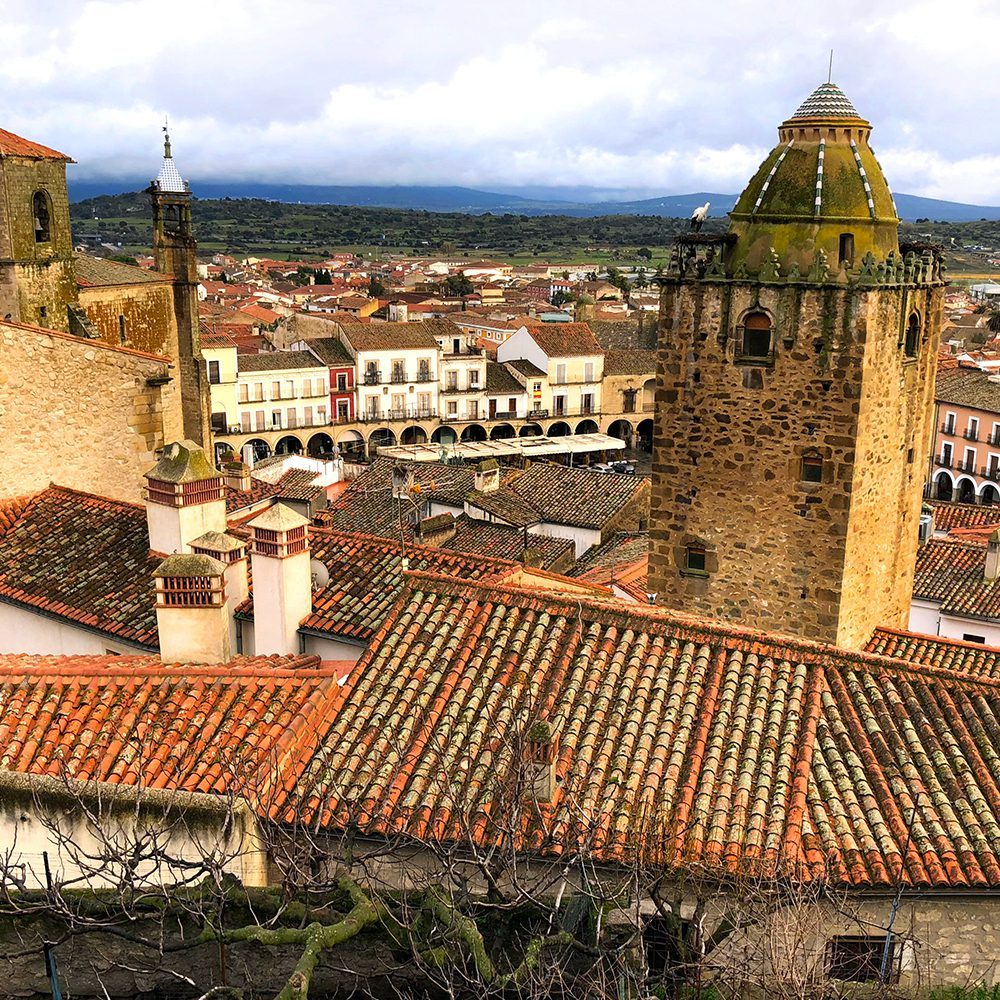
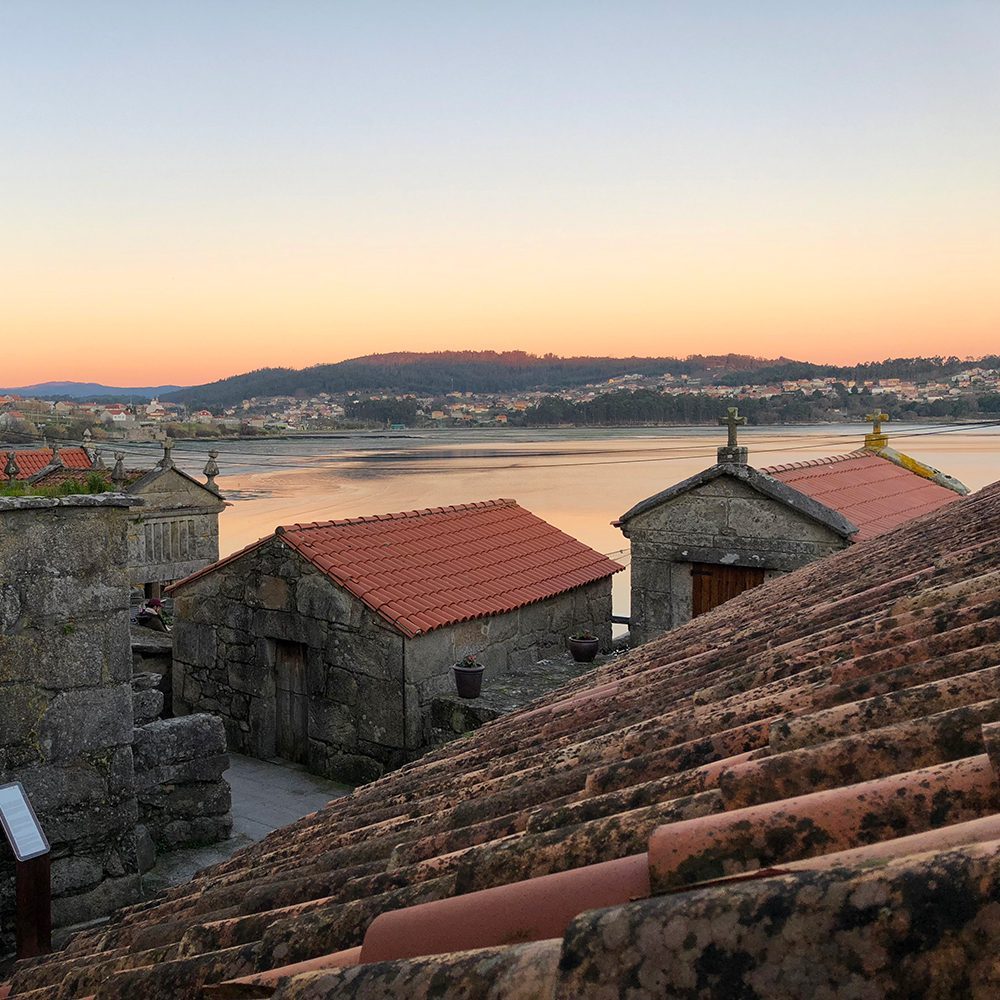
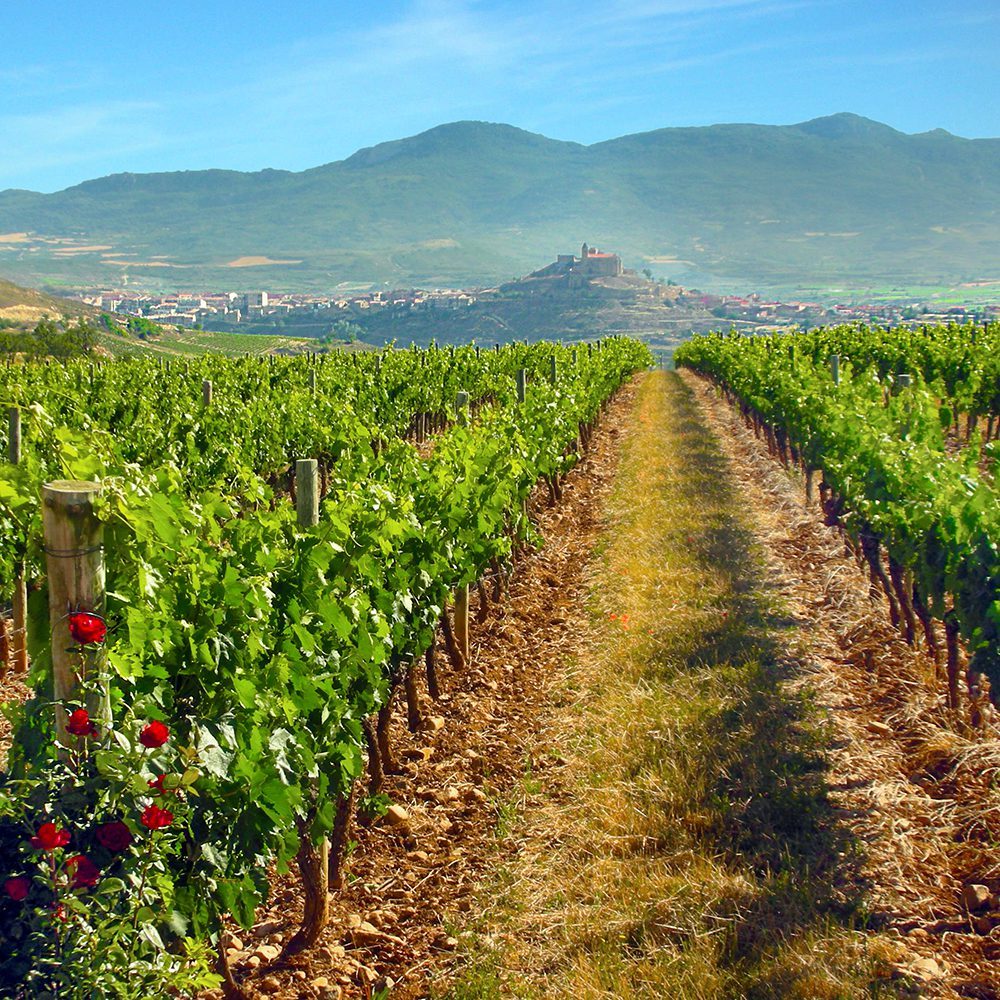
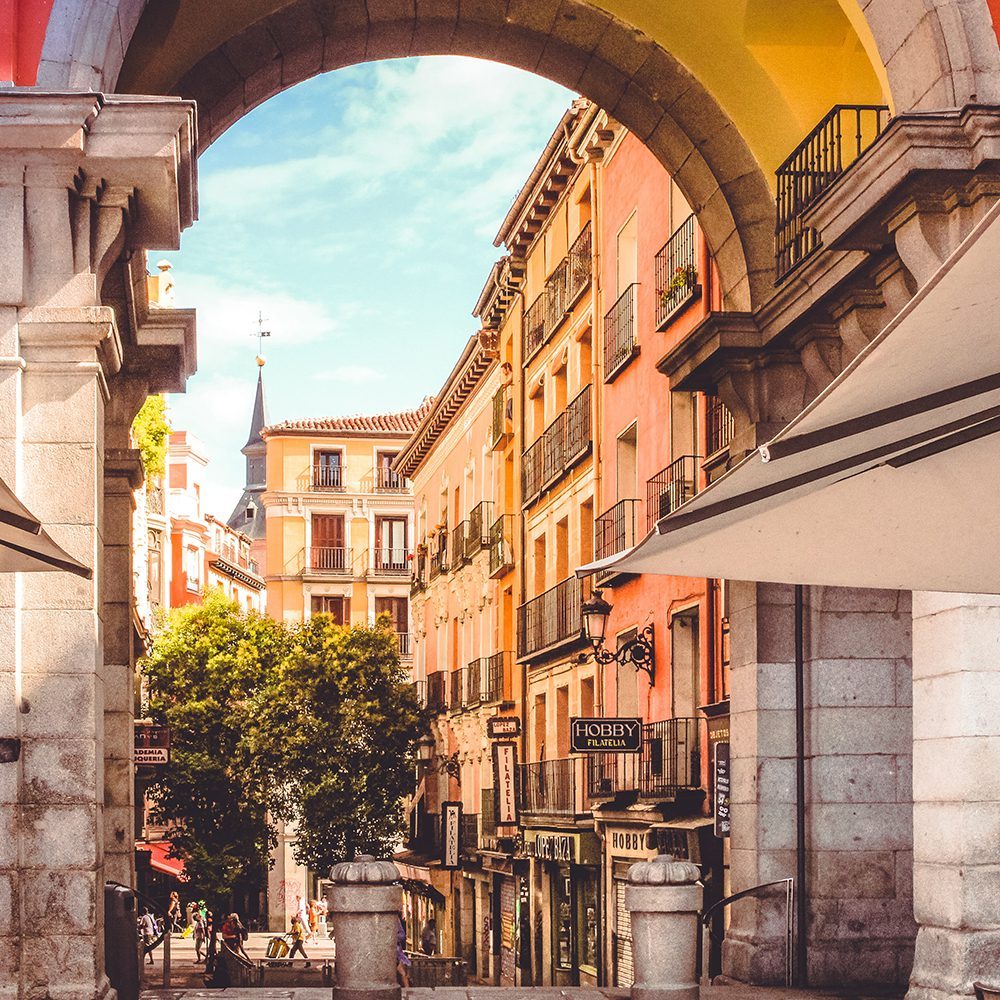
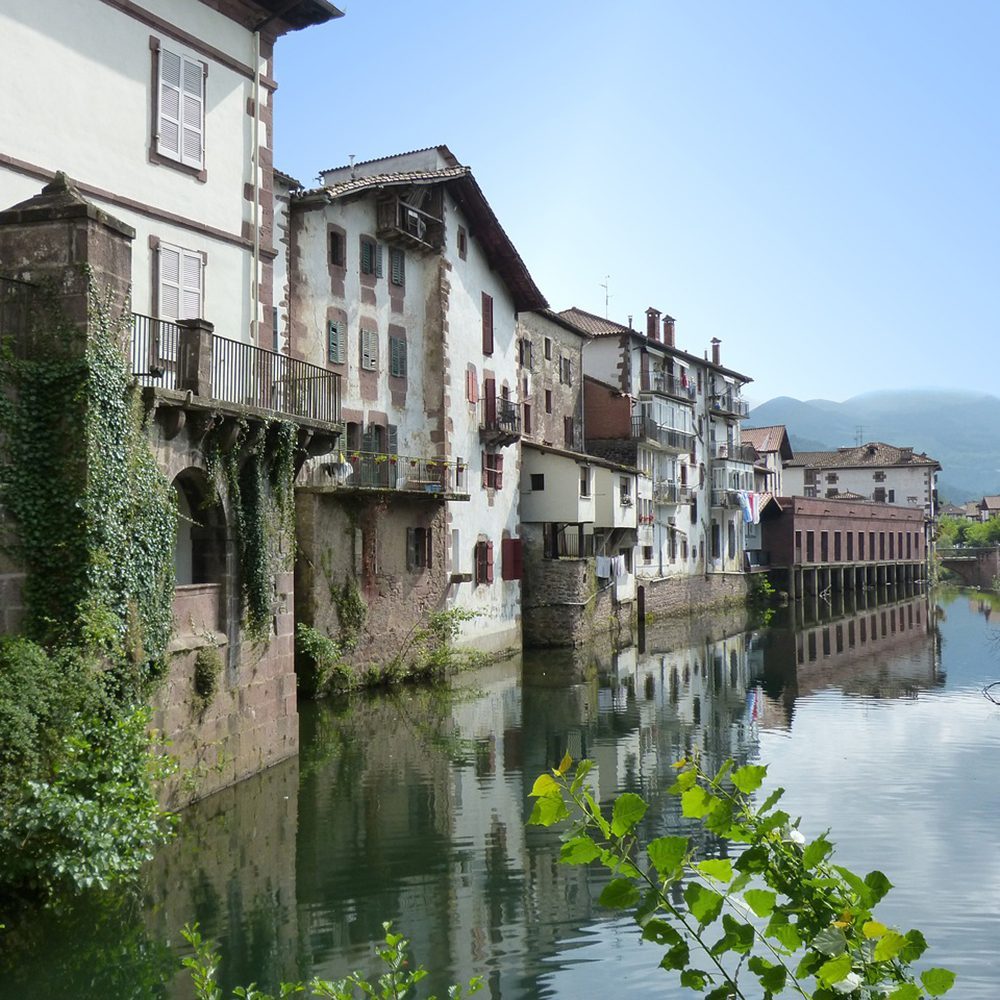

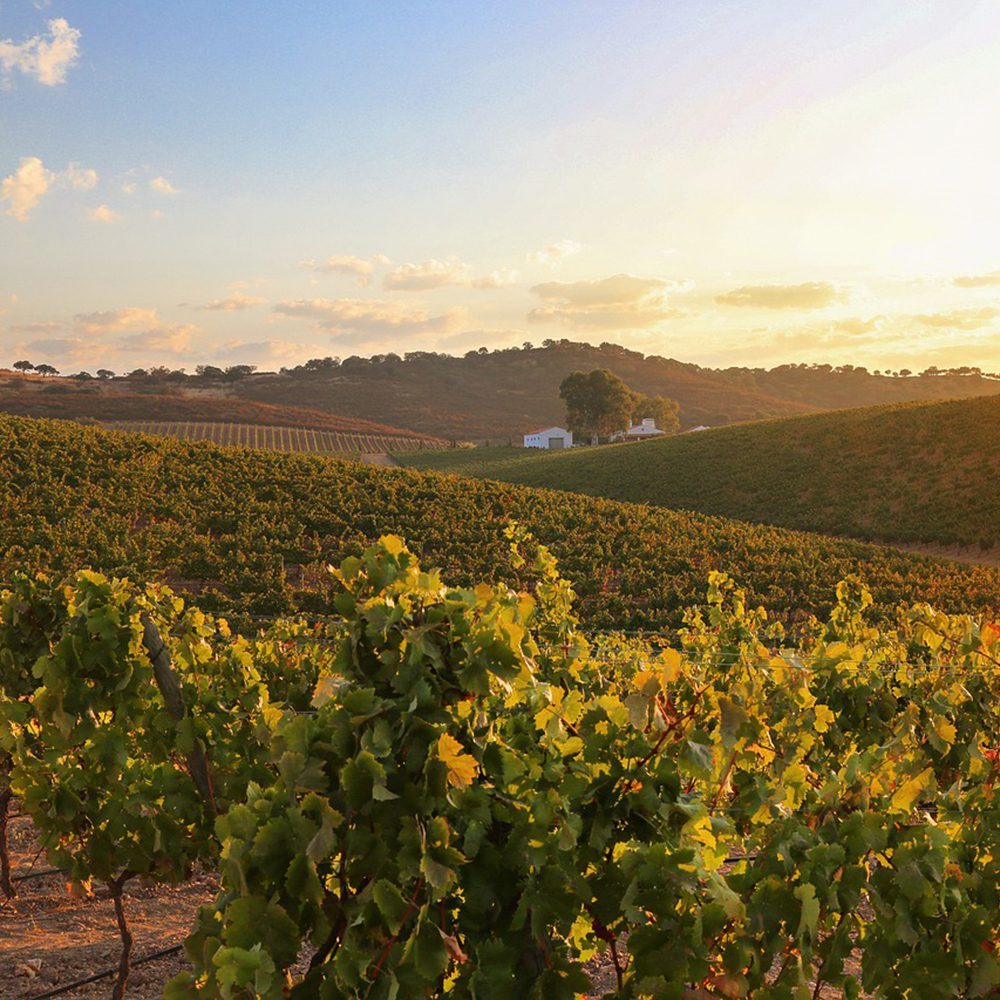
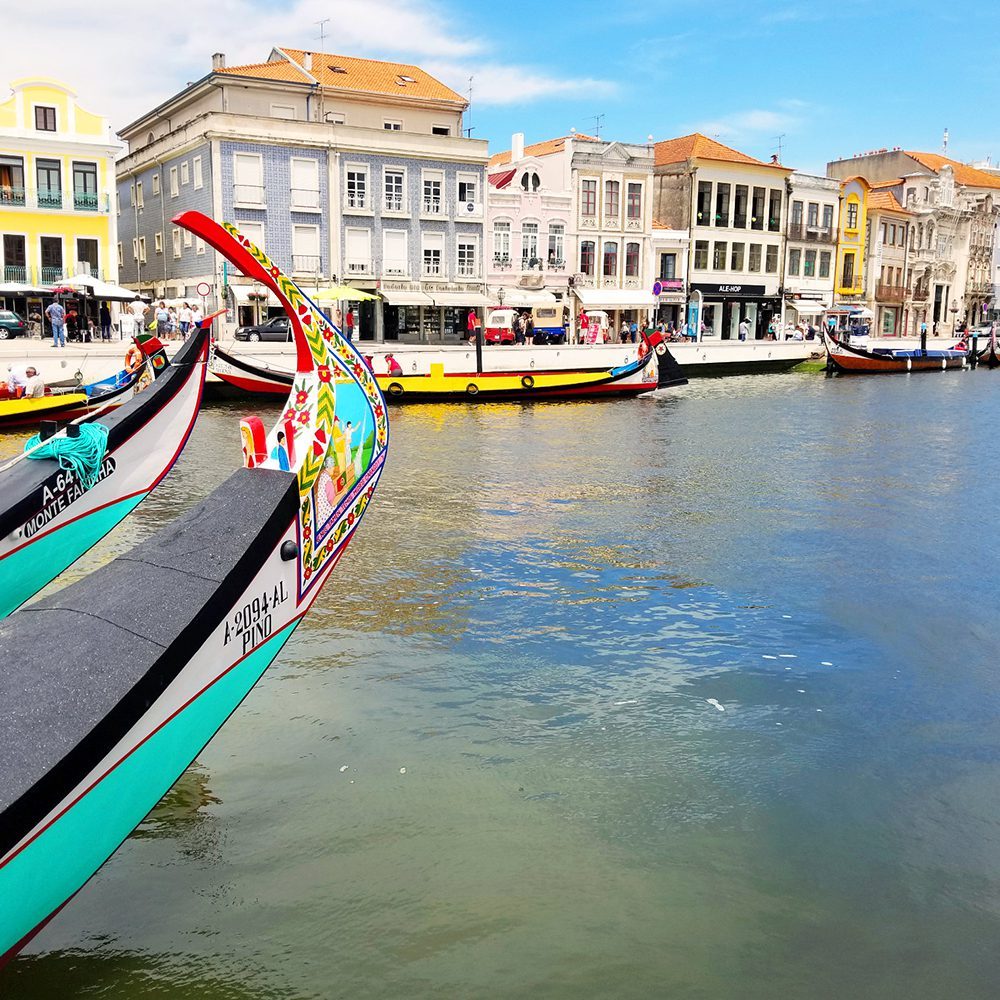
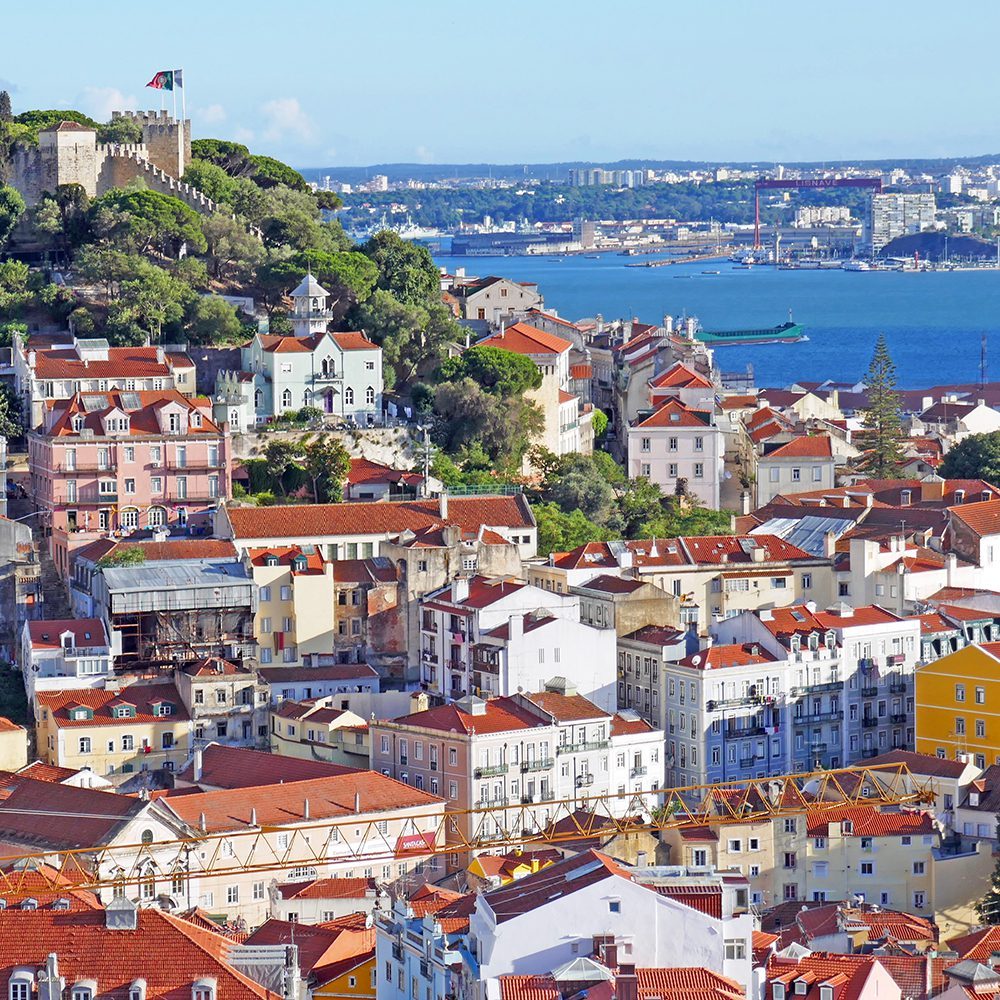
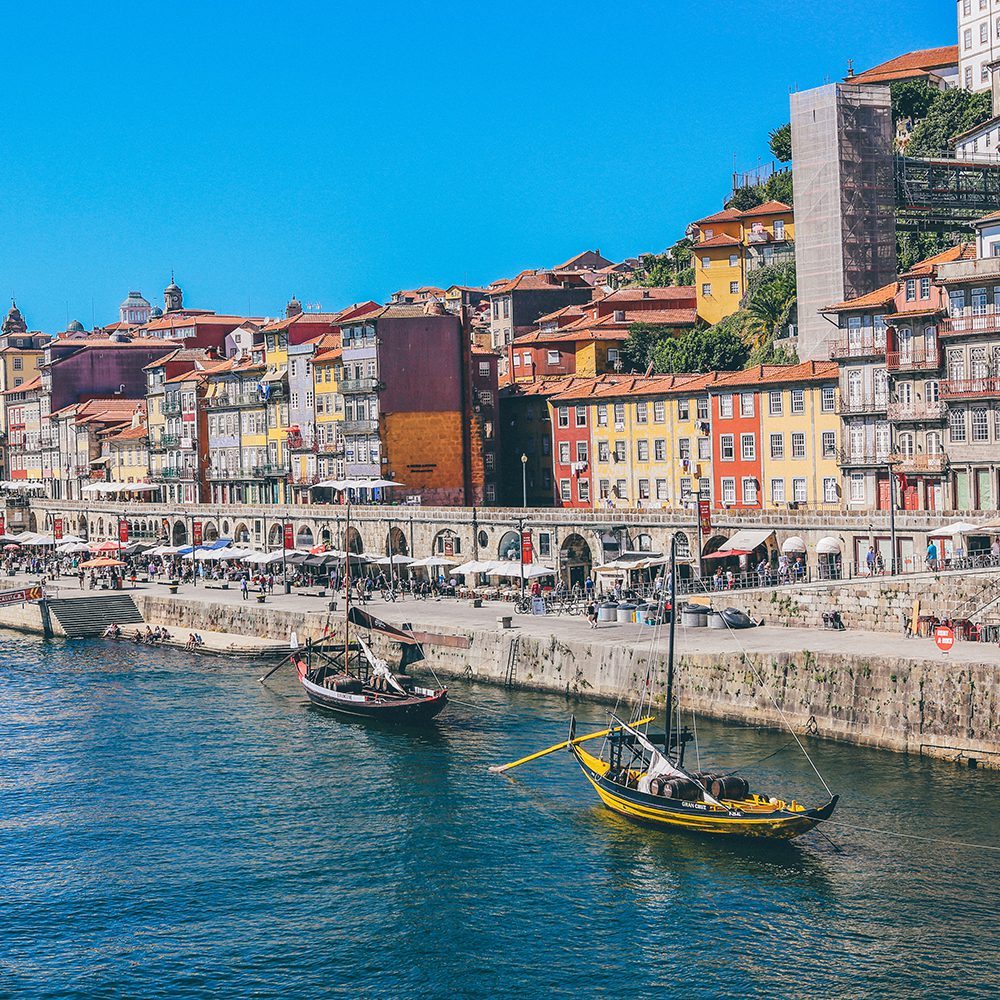
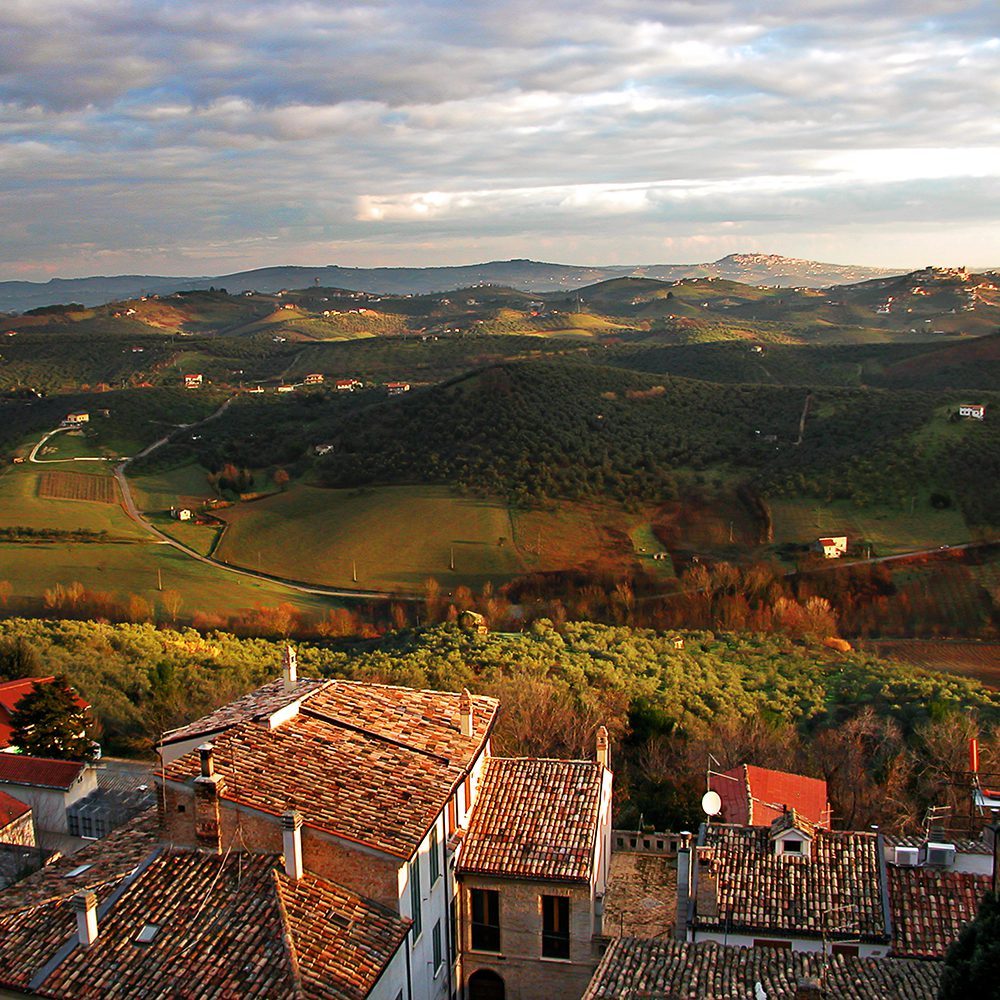
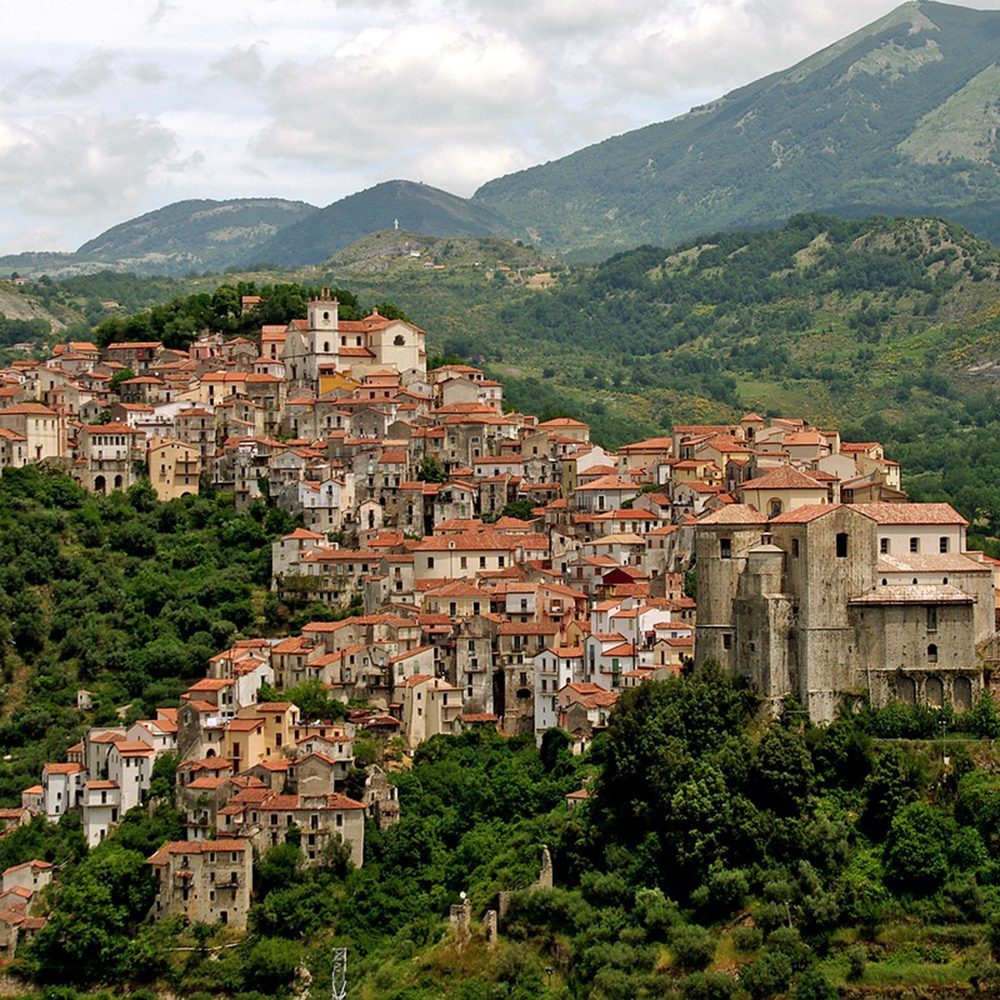
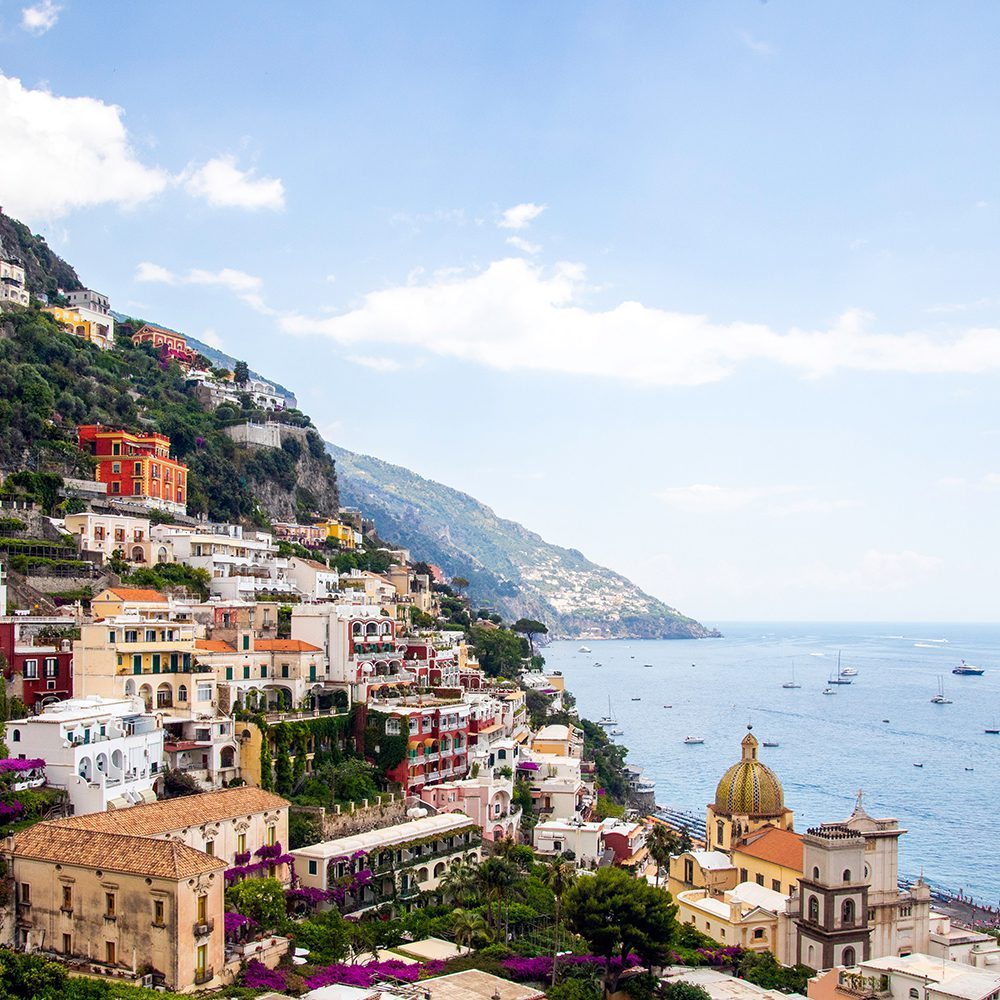


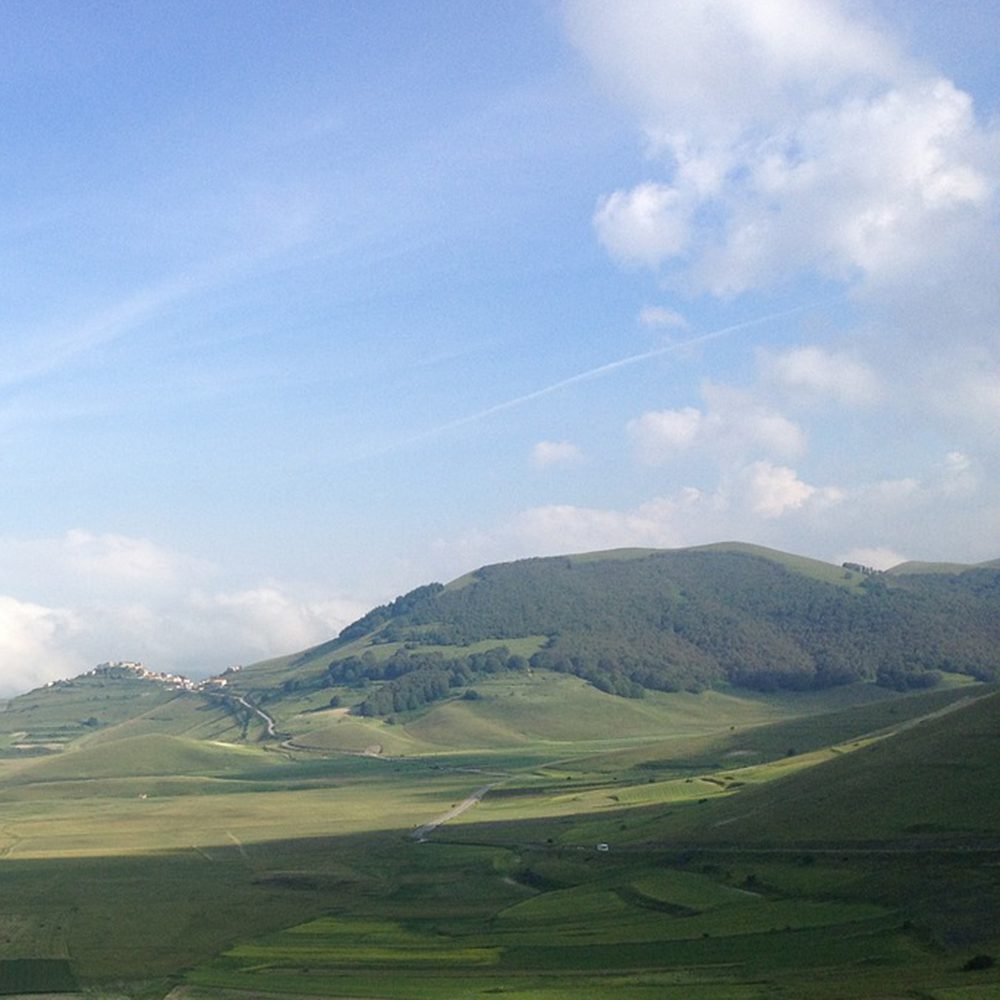
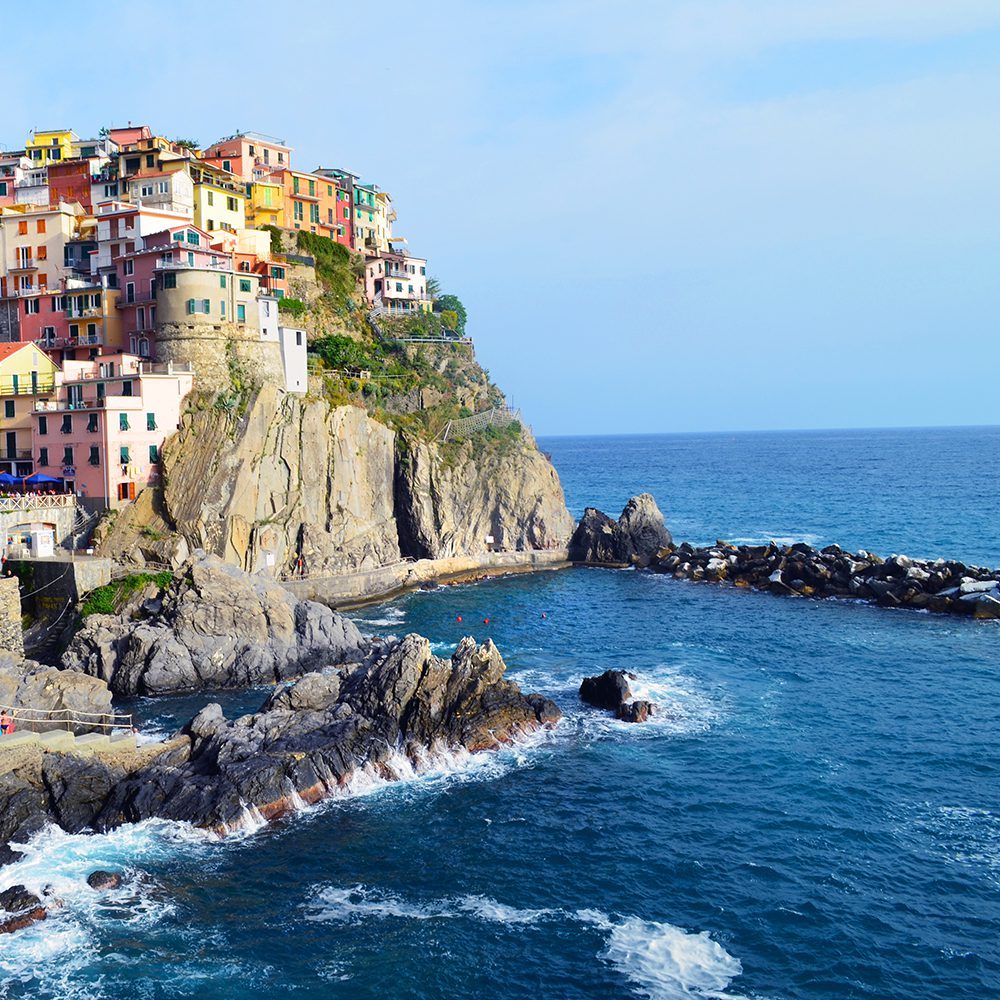
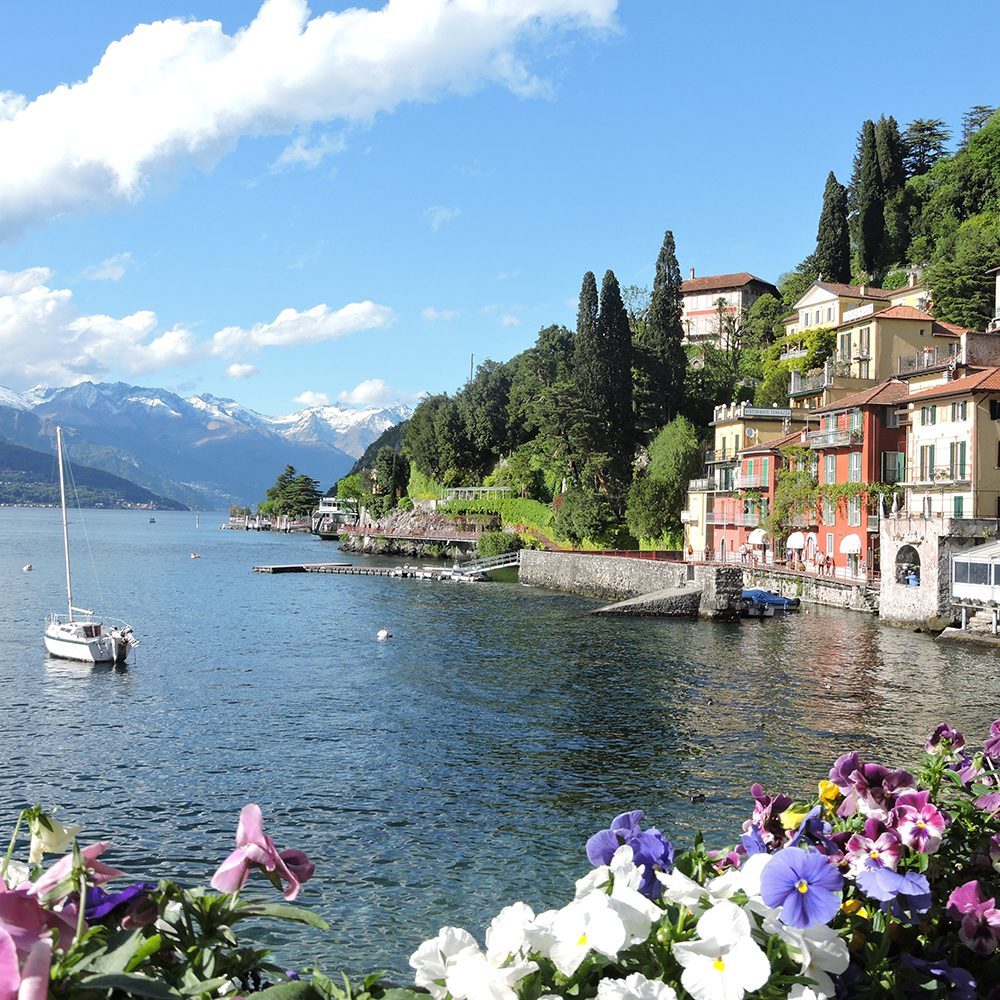
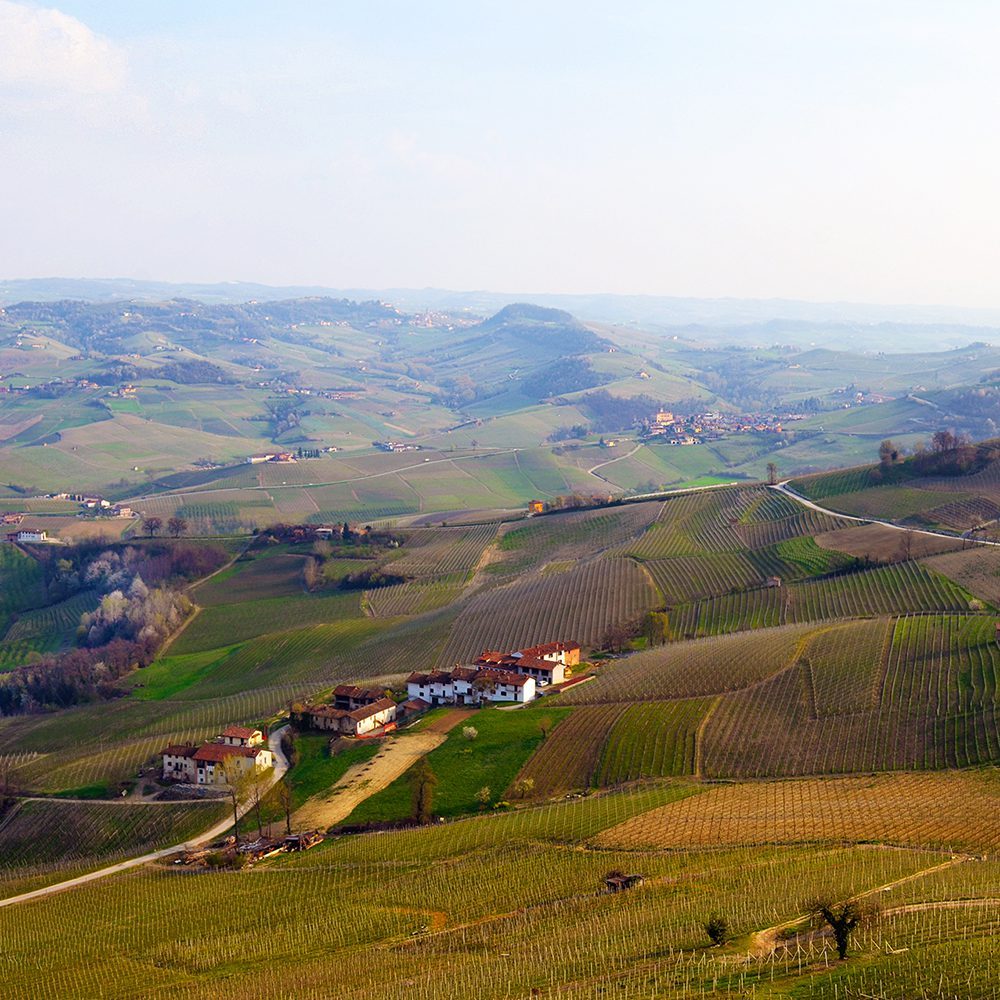

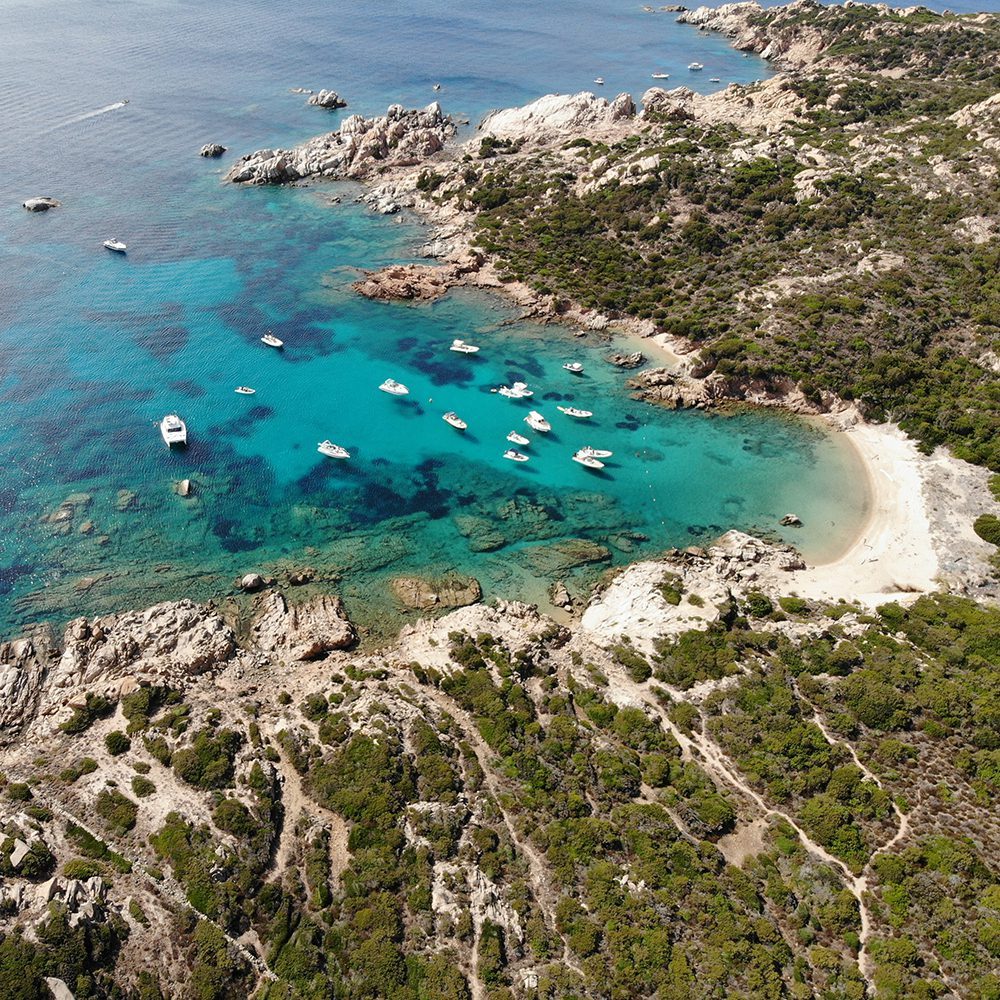
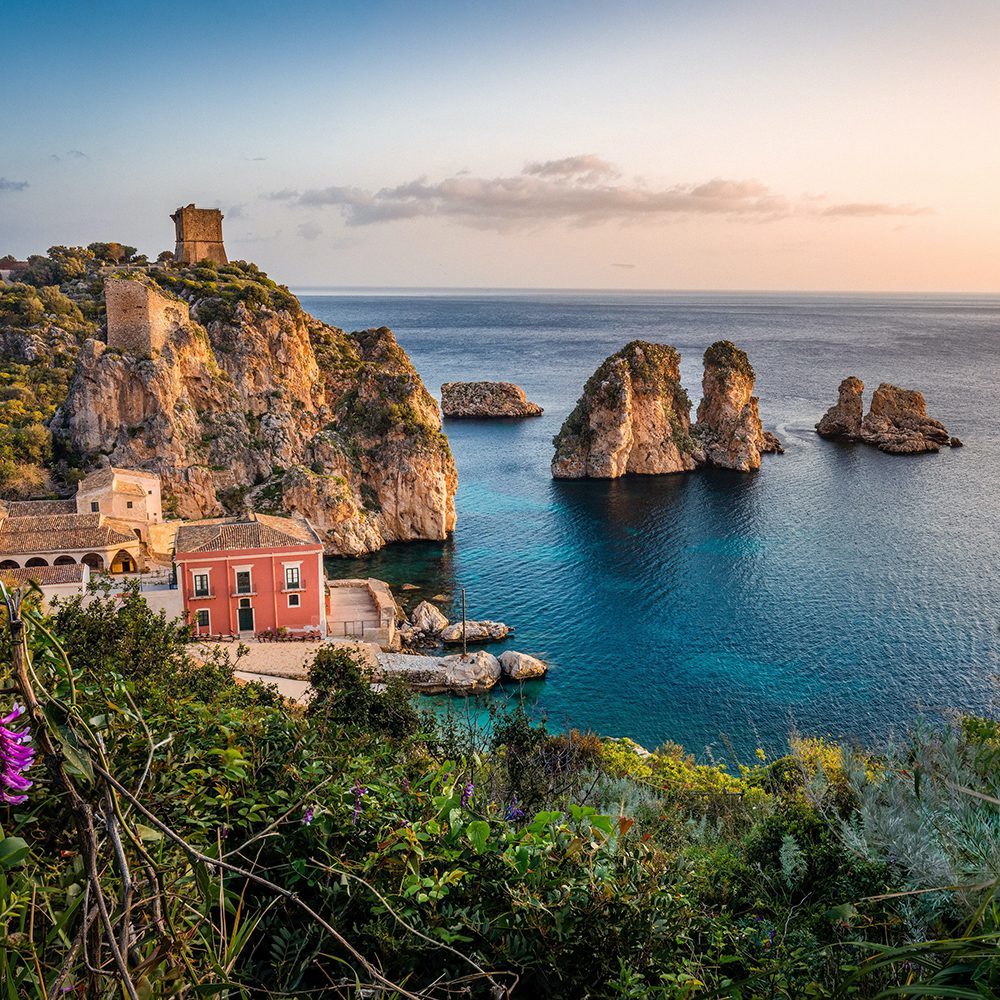
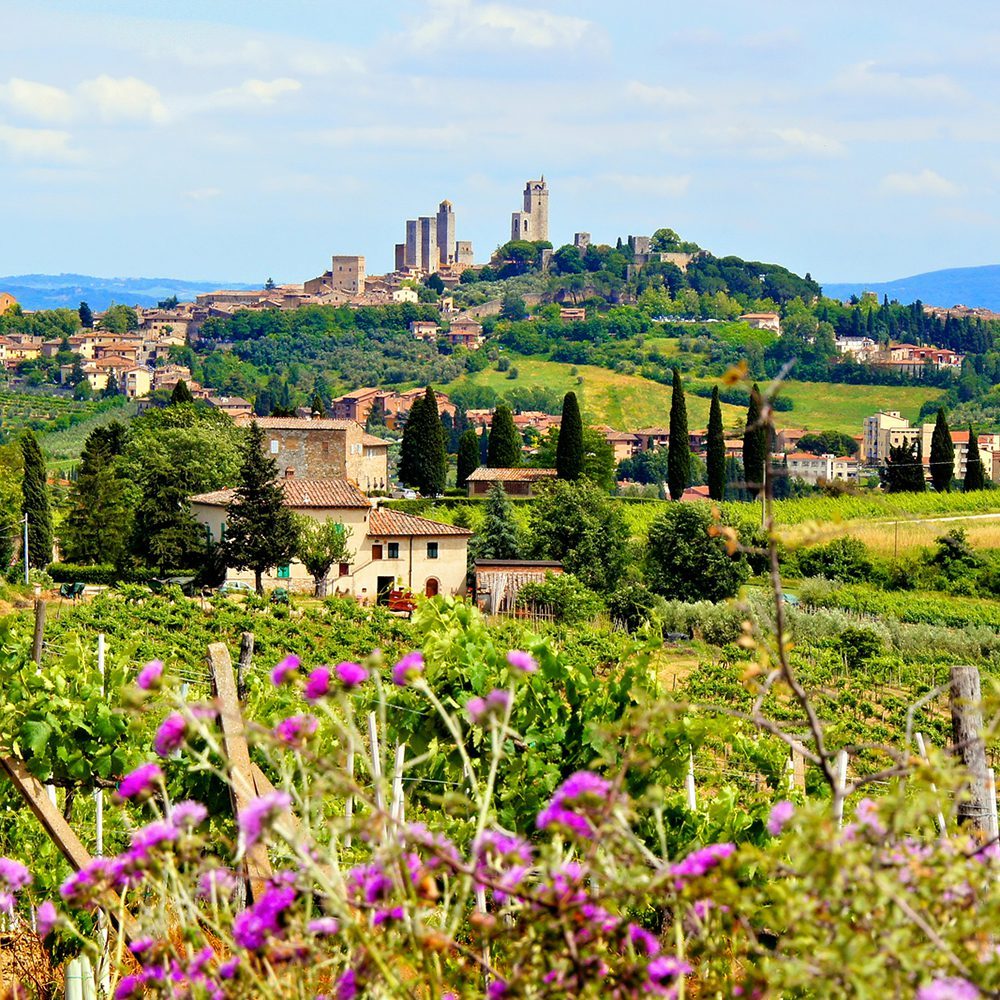
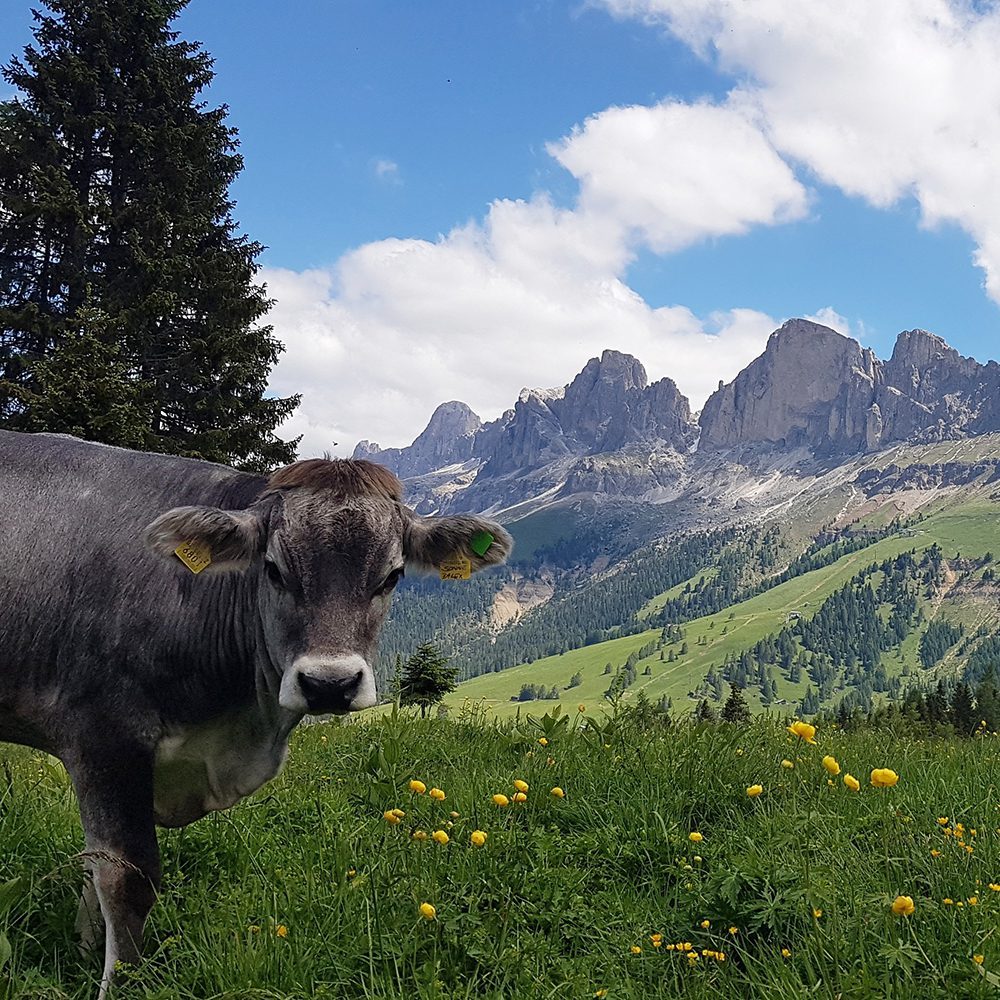
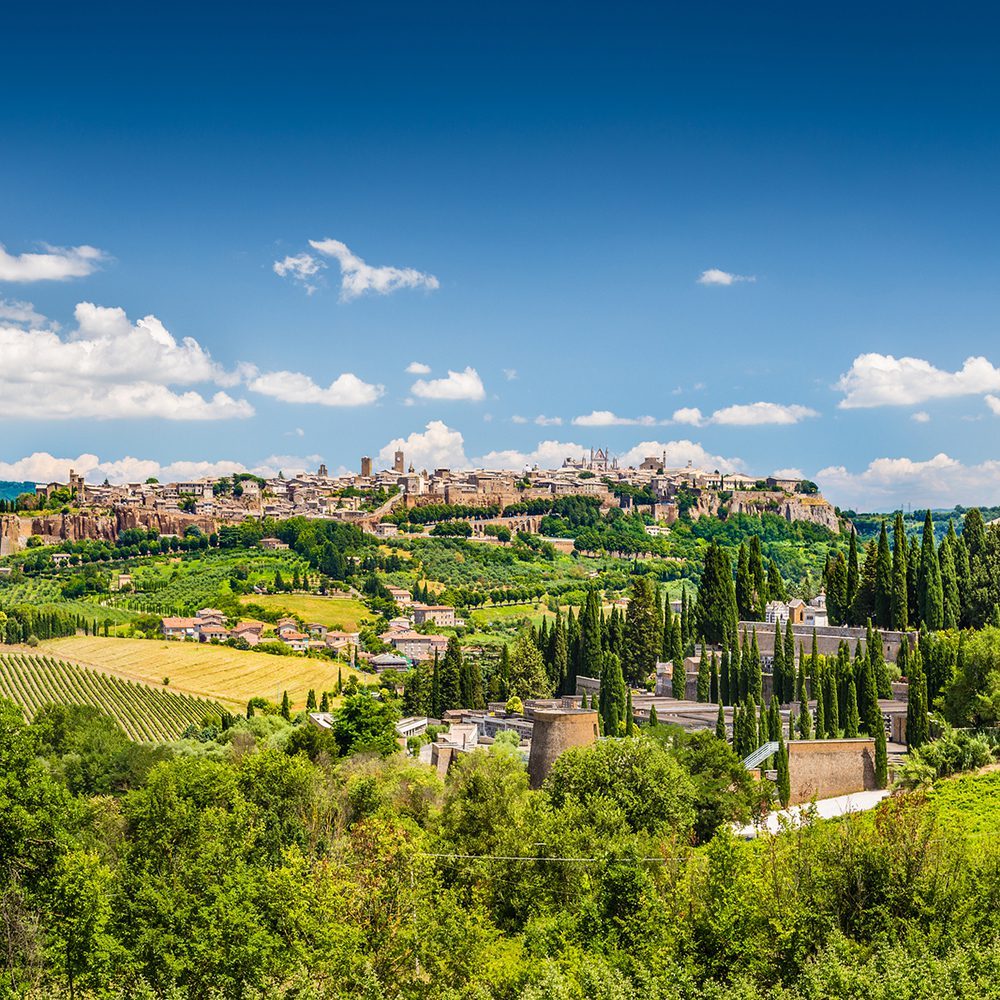
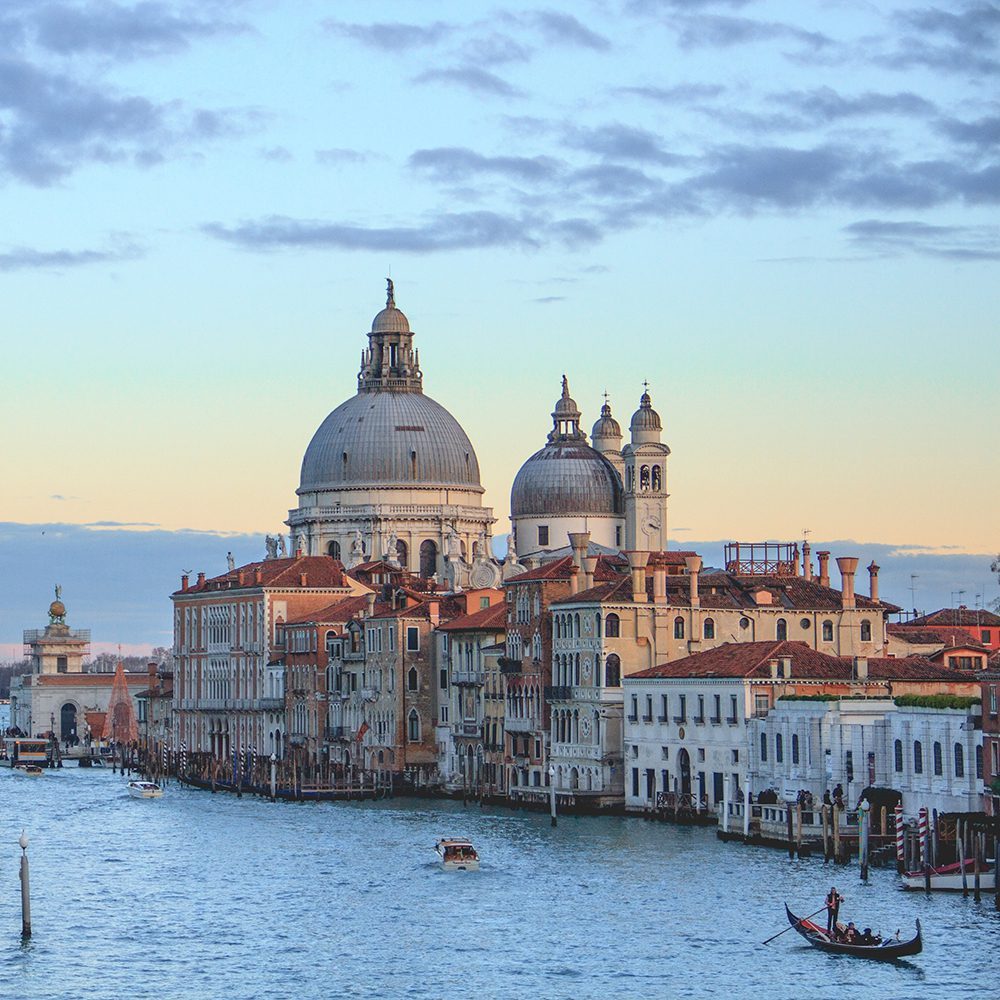
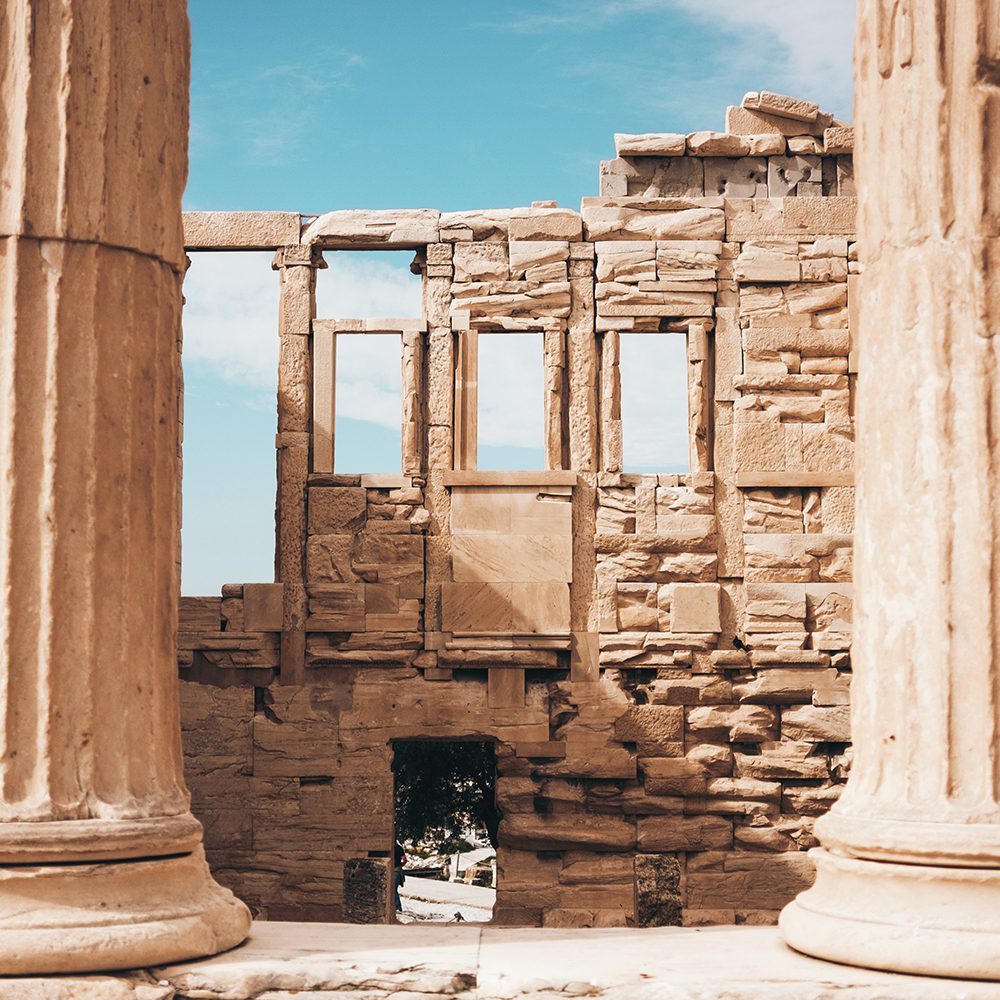
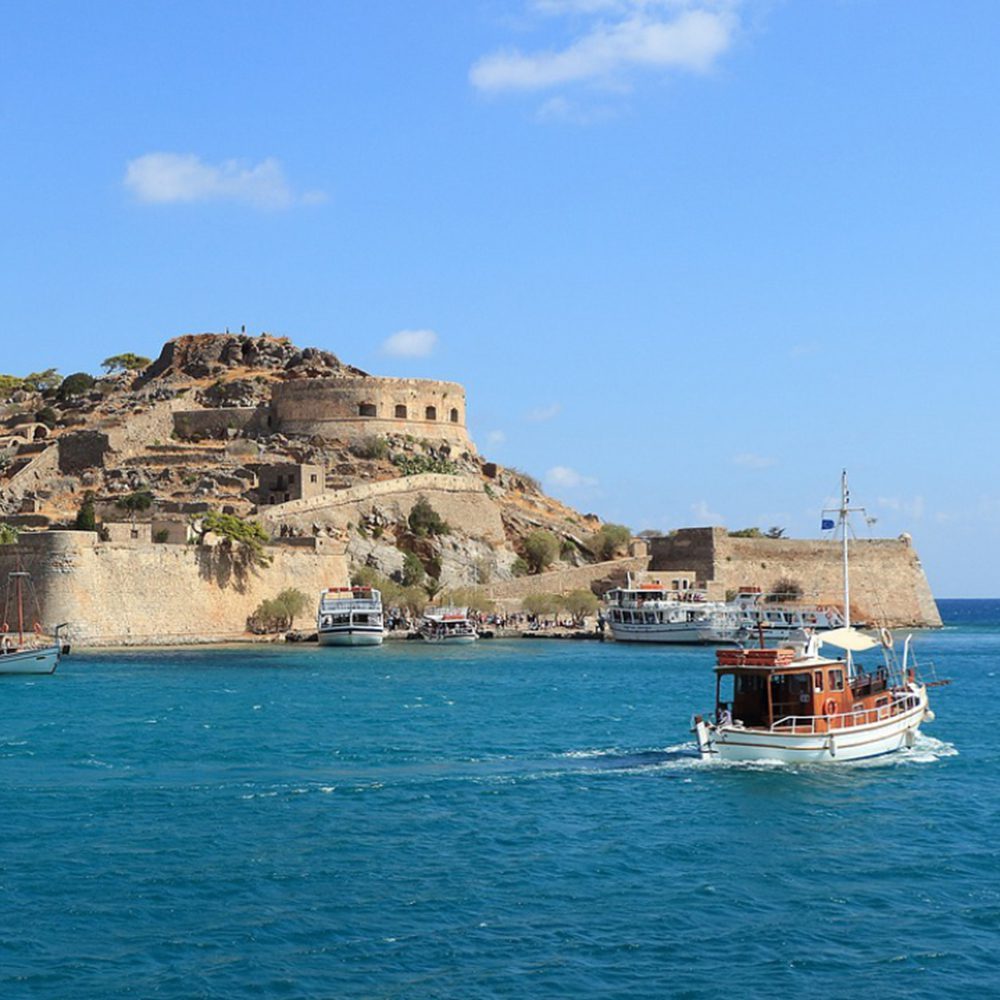
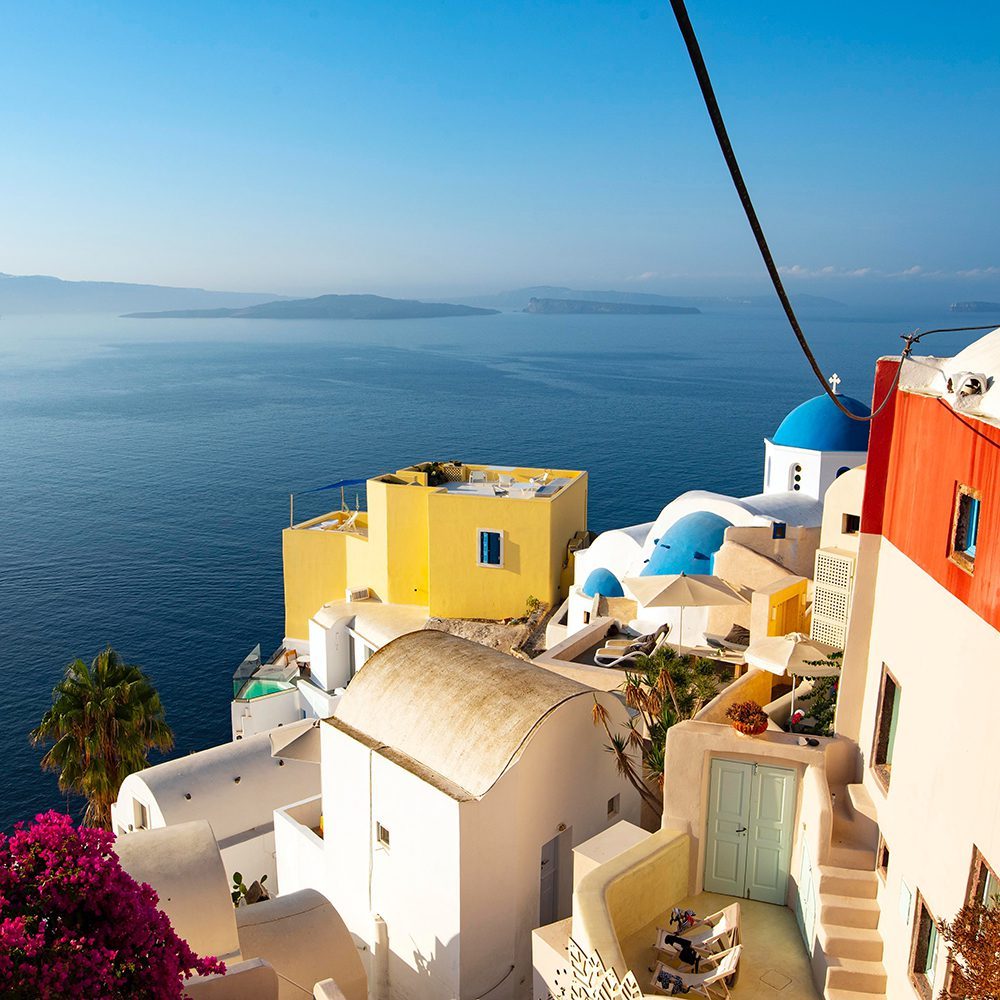
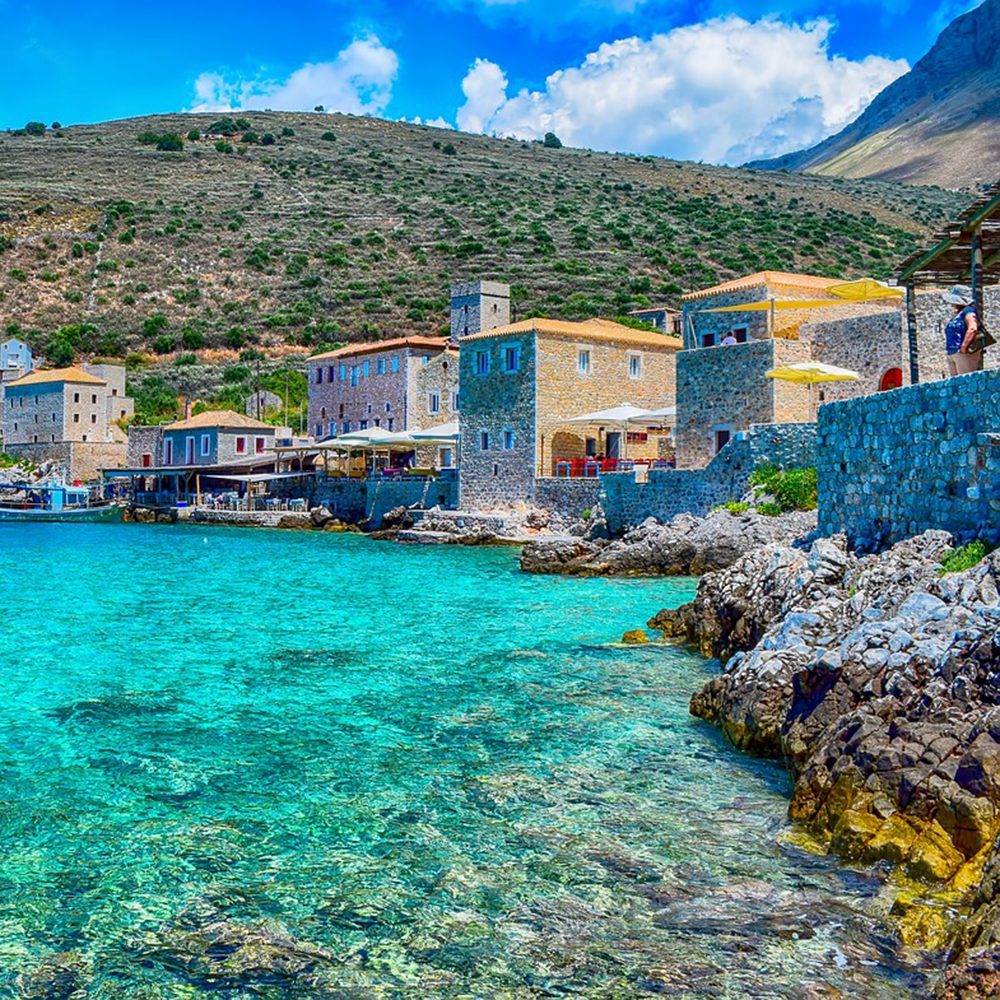
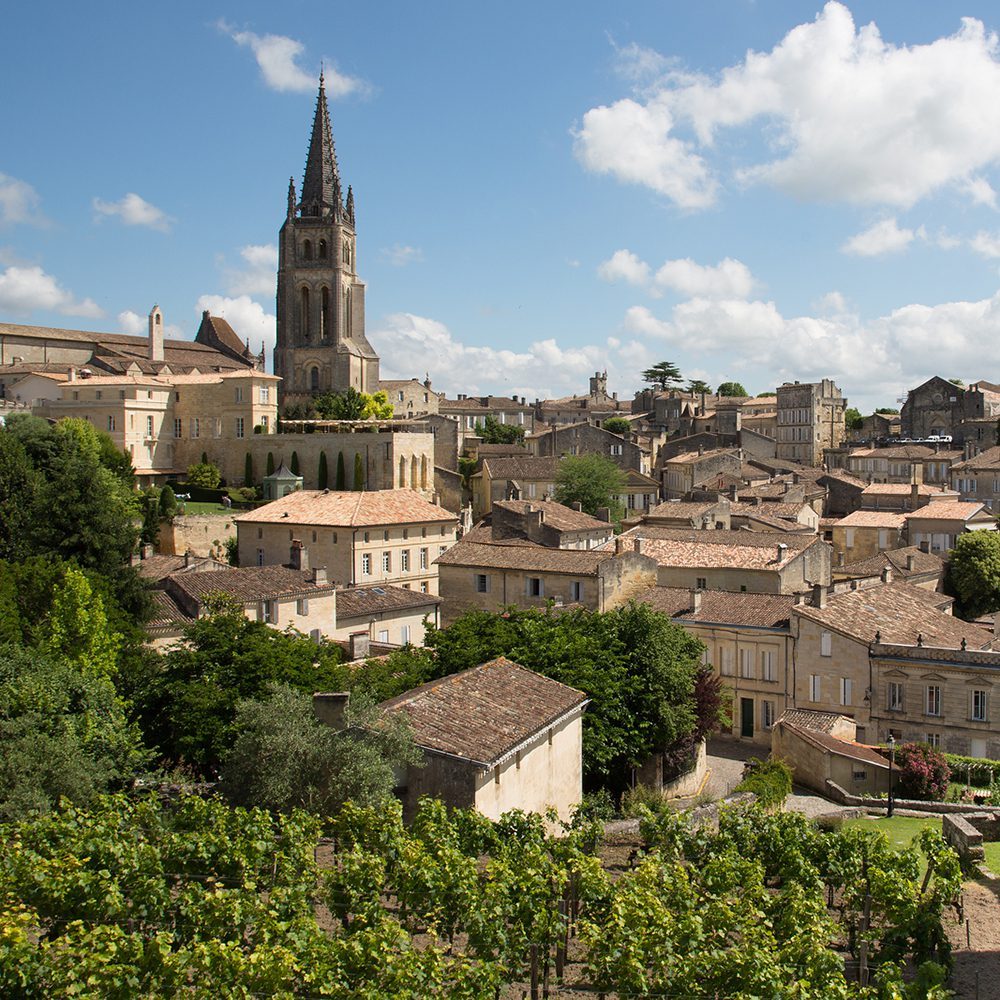
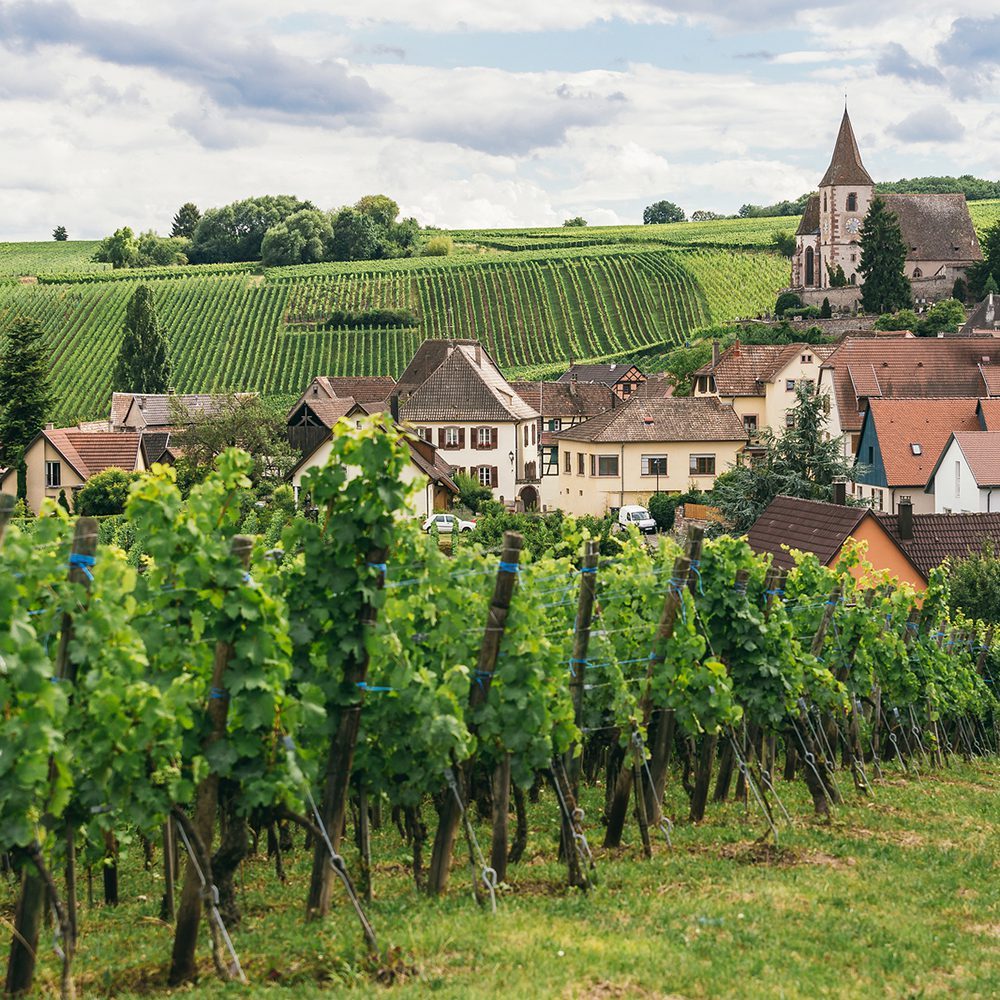
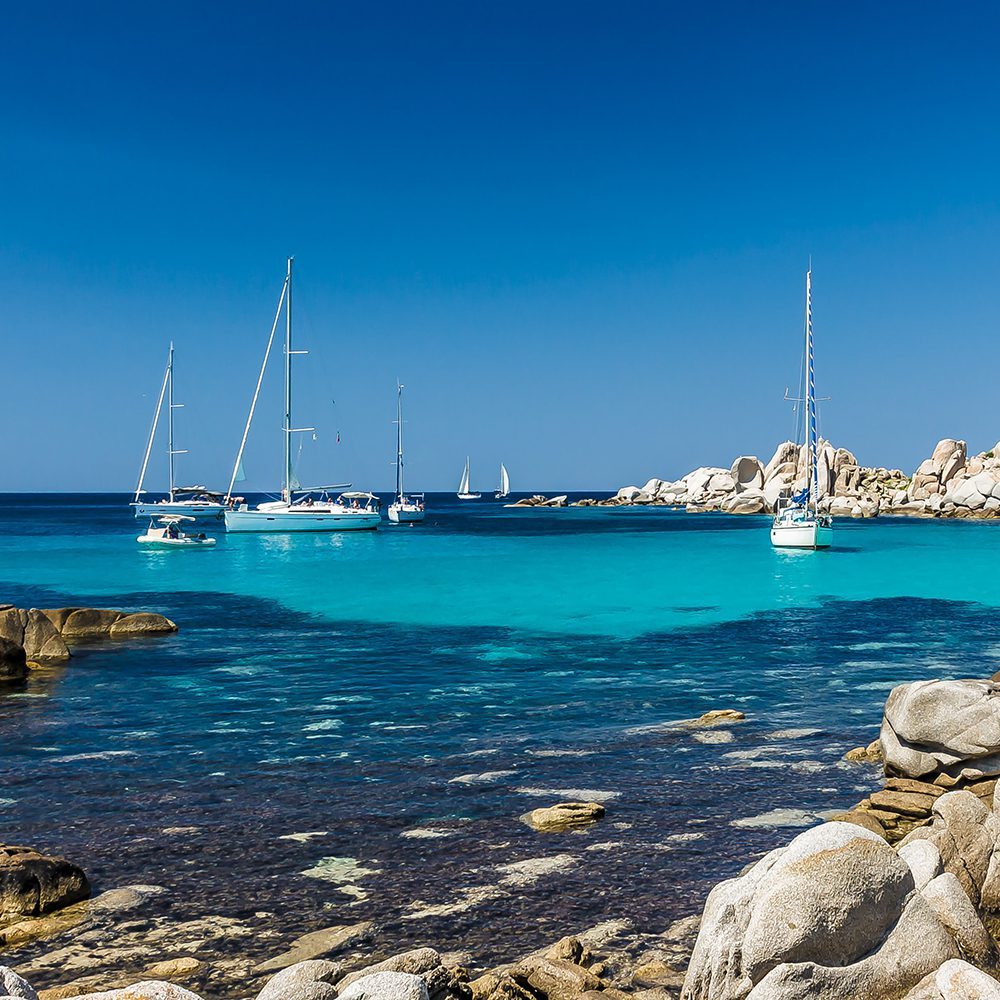
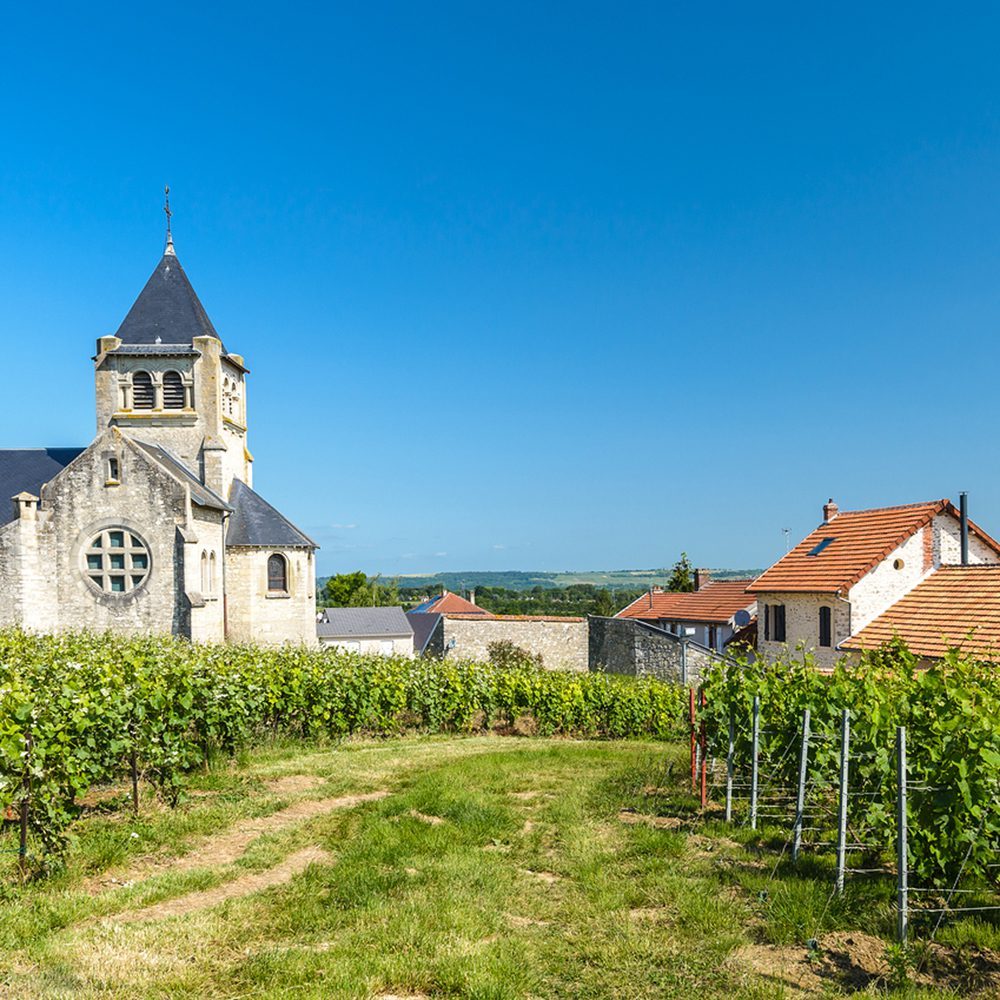
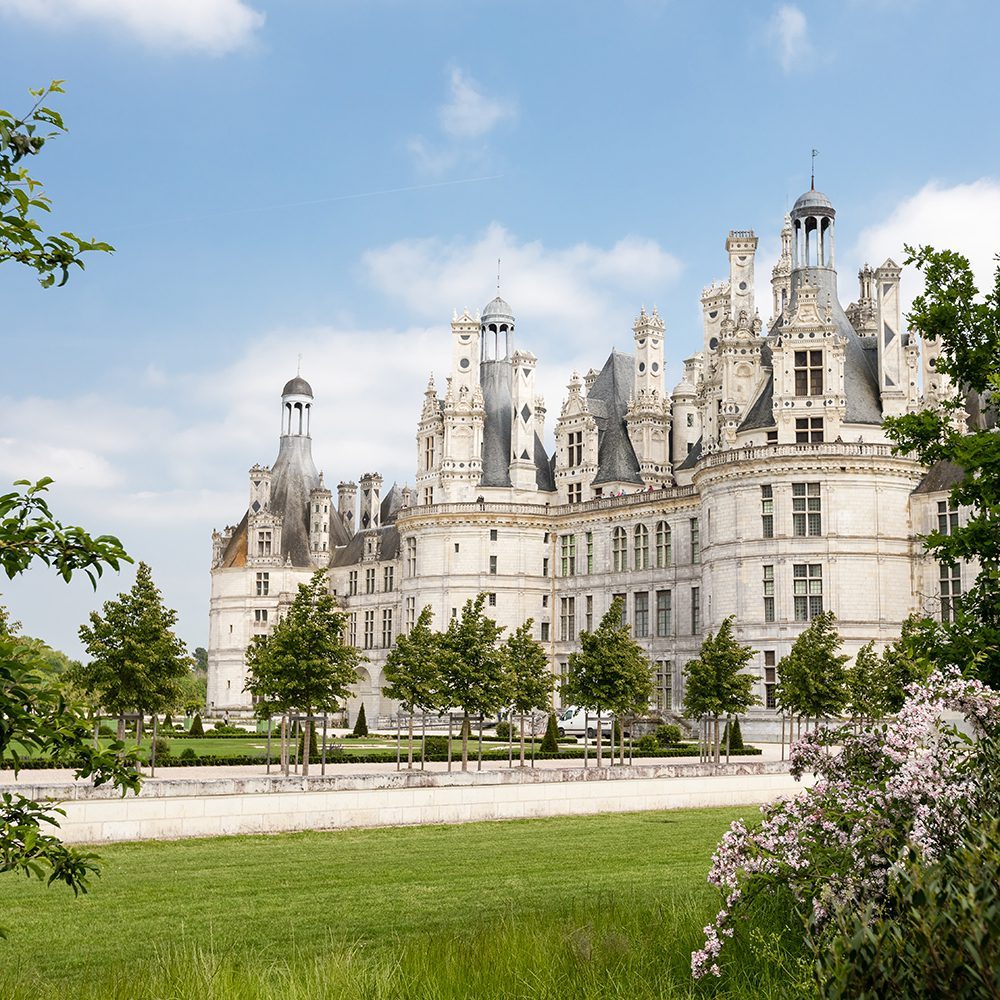
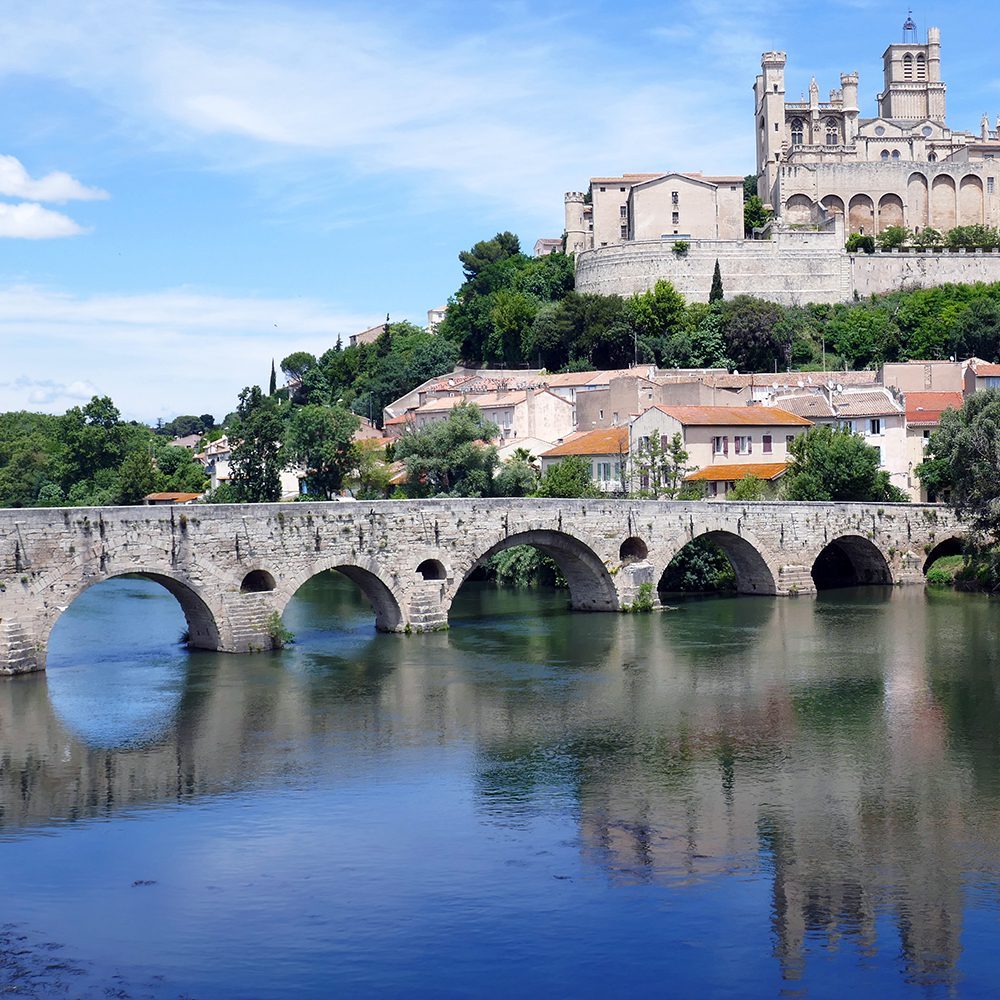
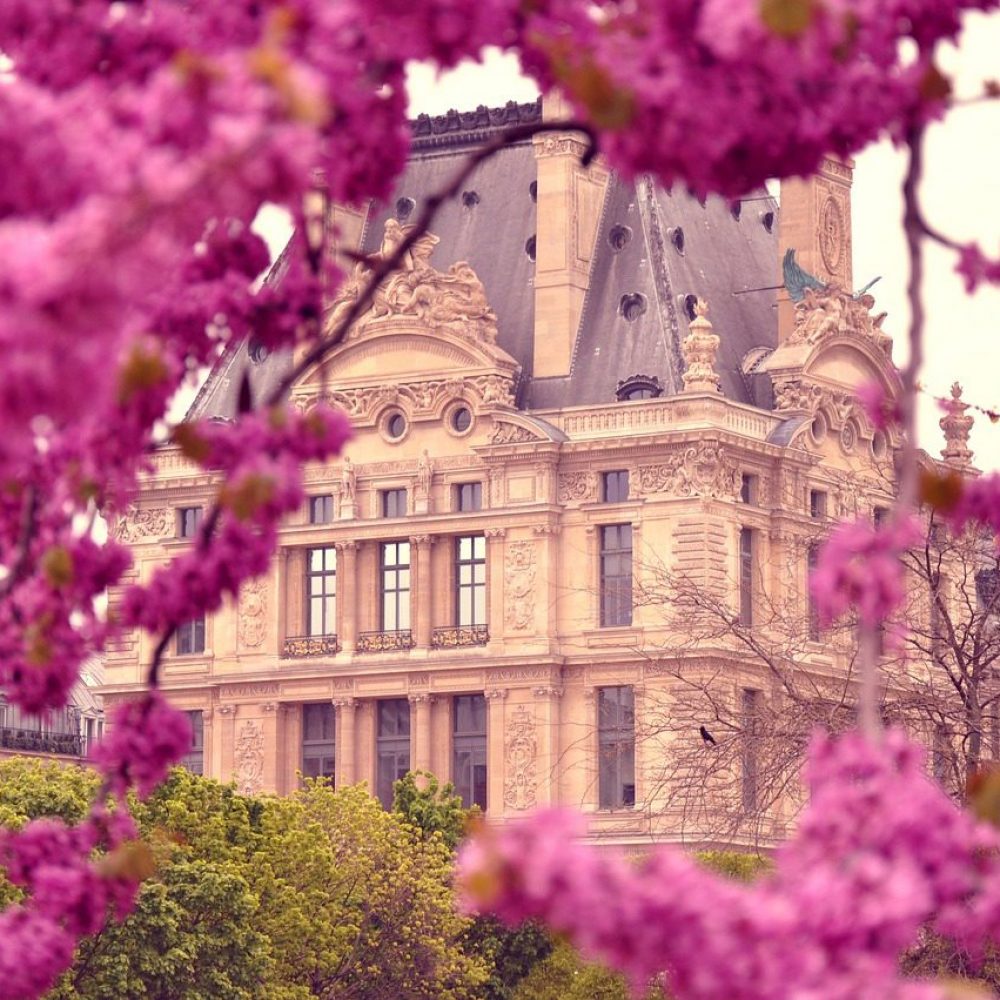
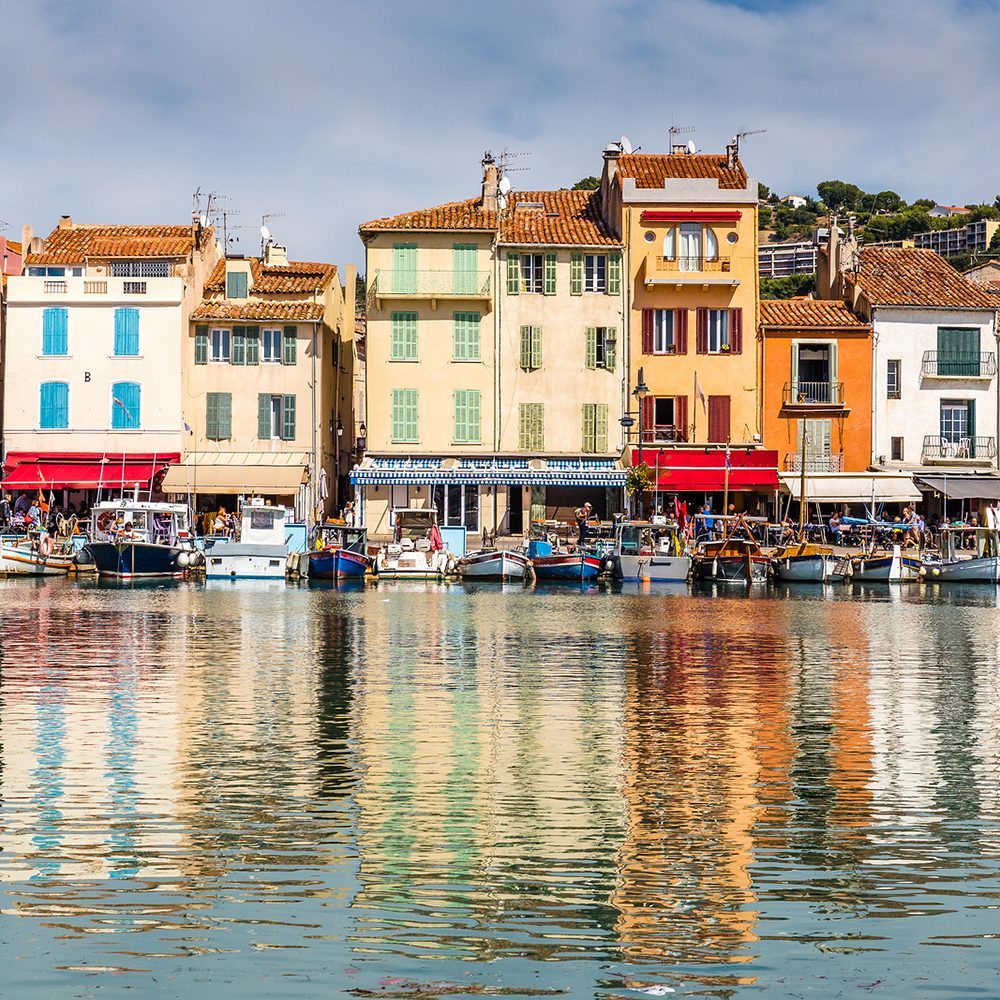
Wow! I love the Viterbo history lesson. There is so much to see in Italy!